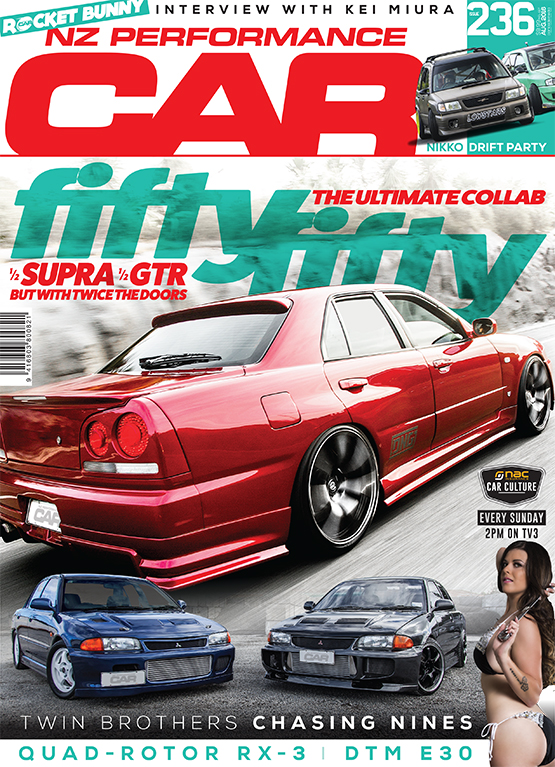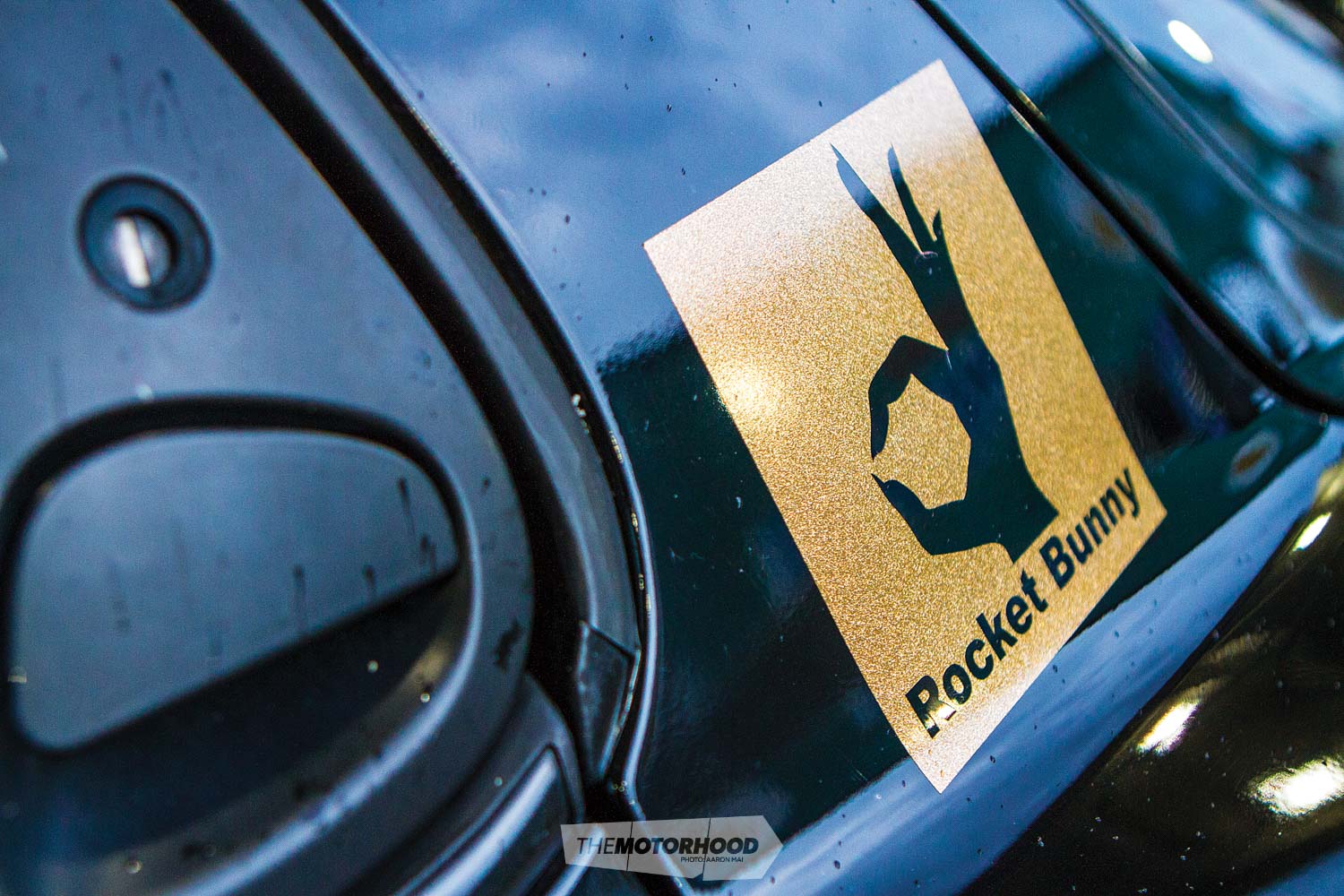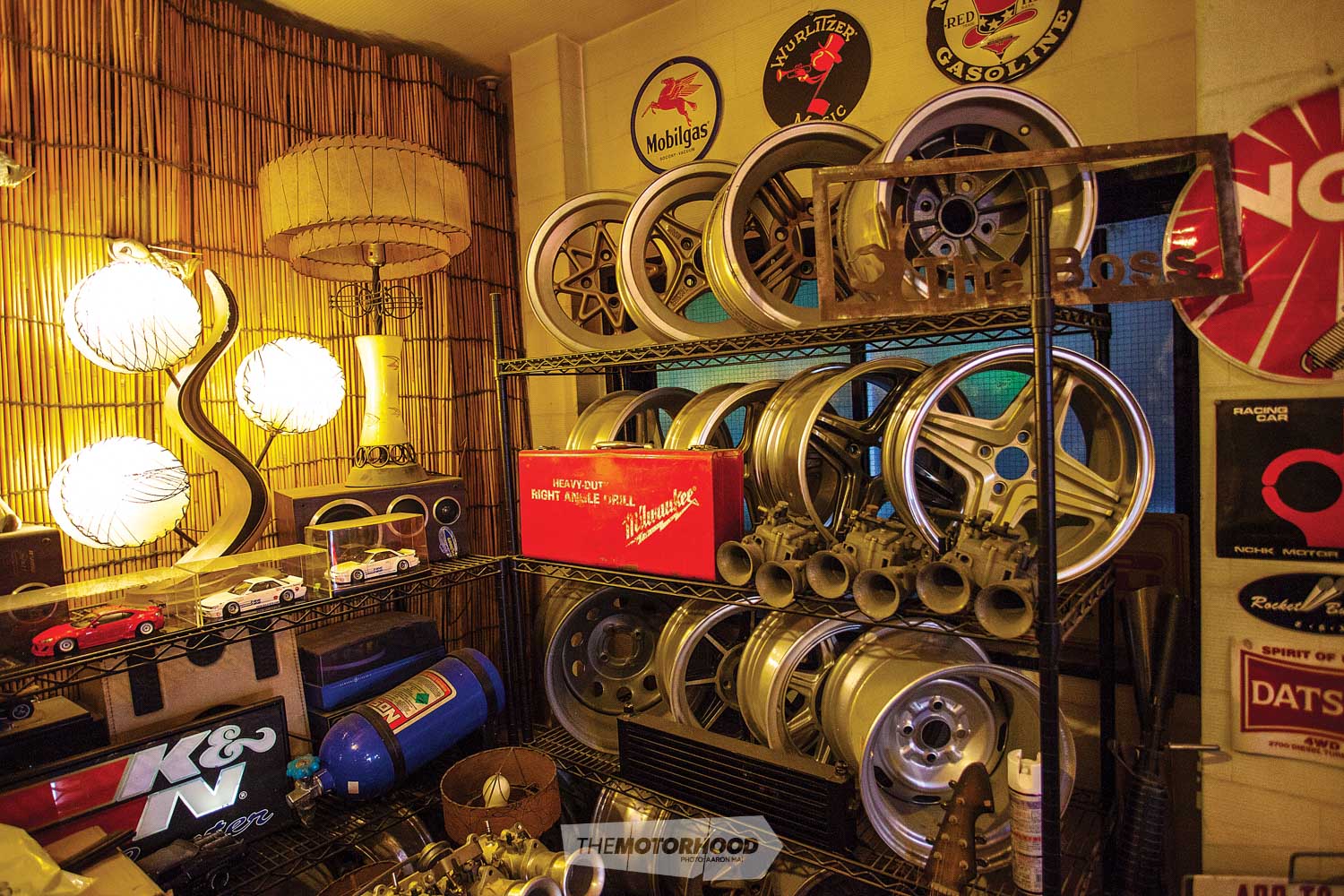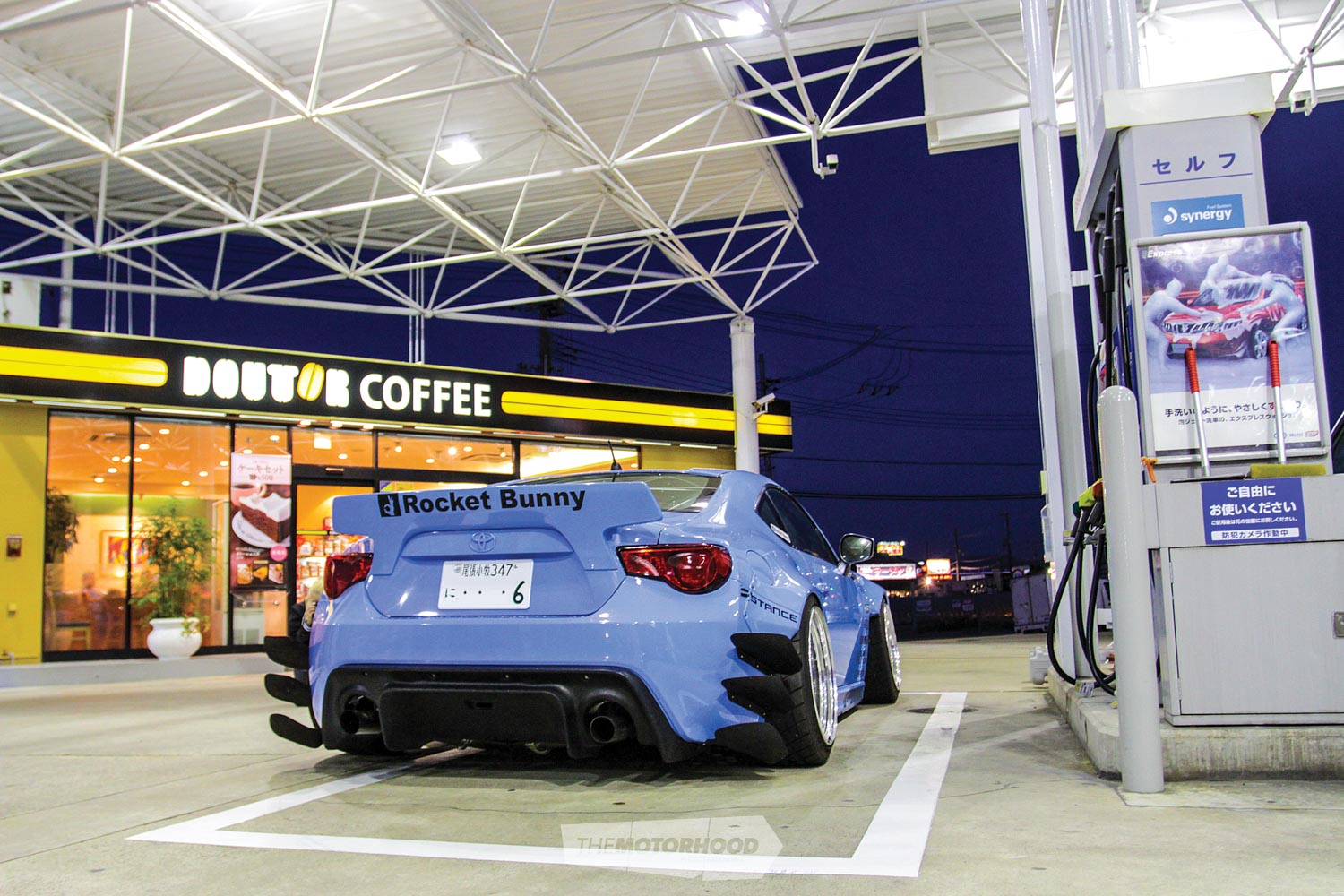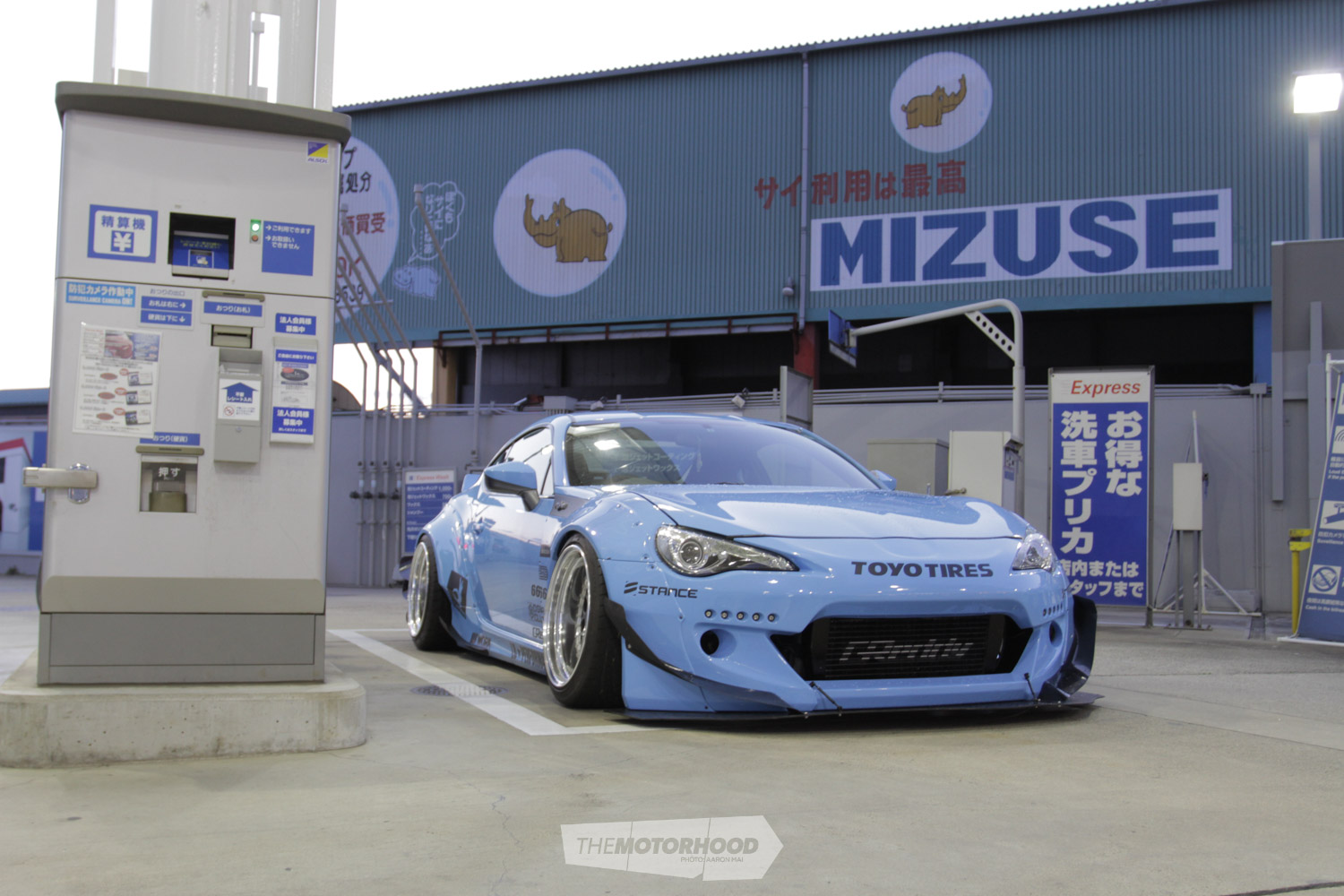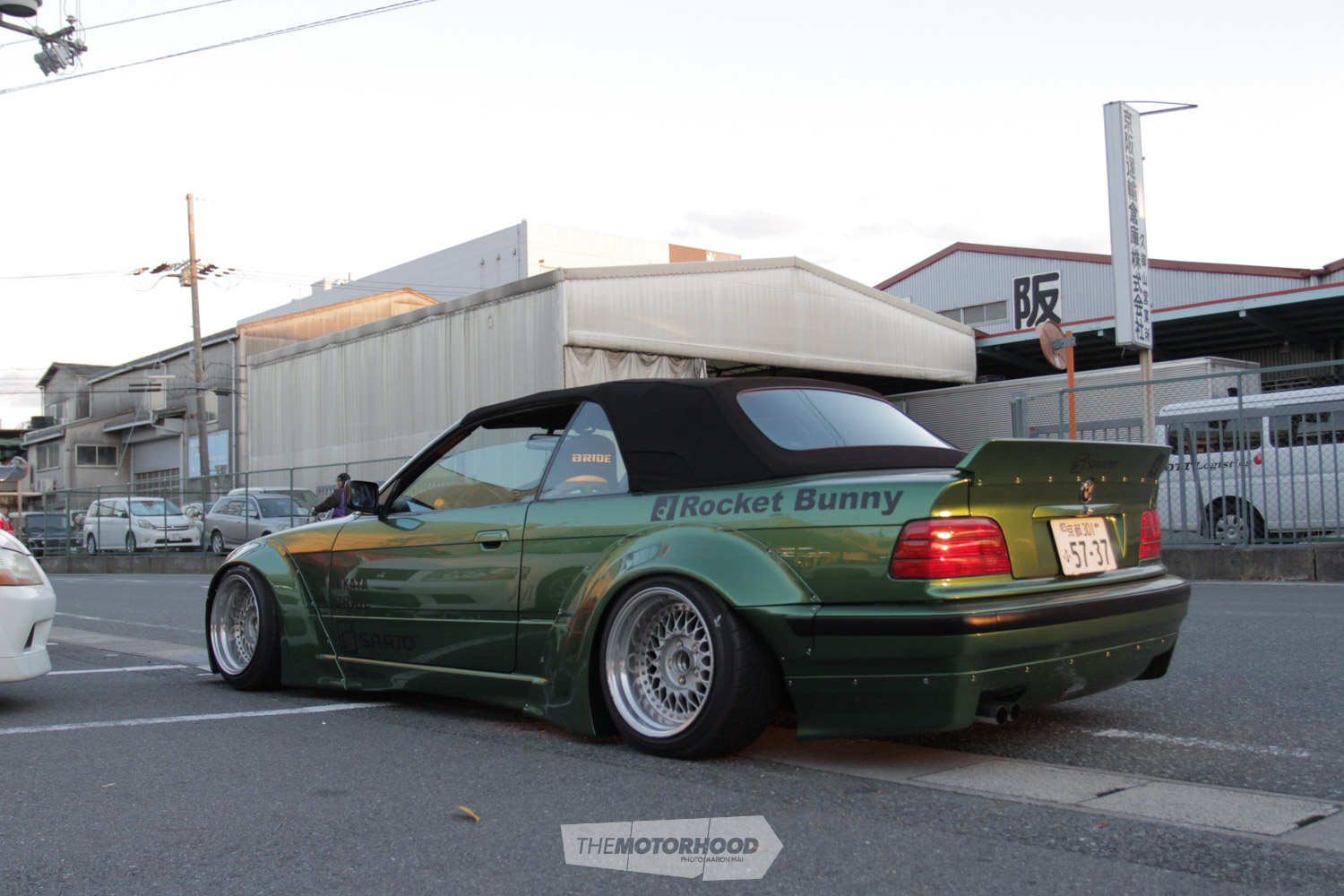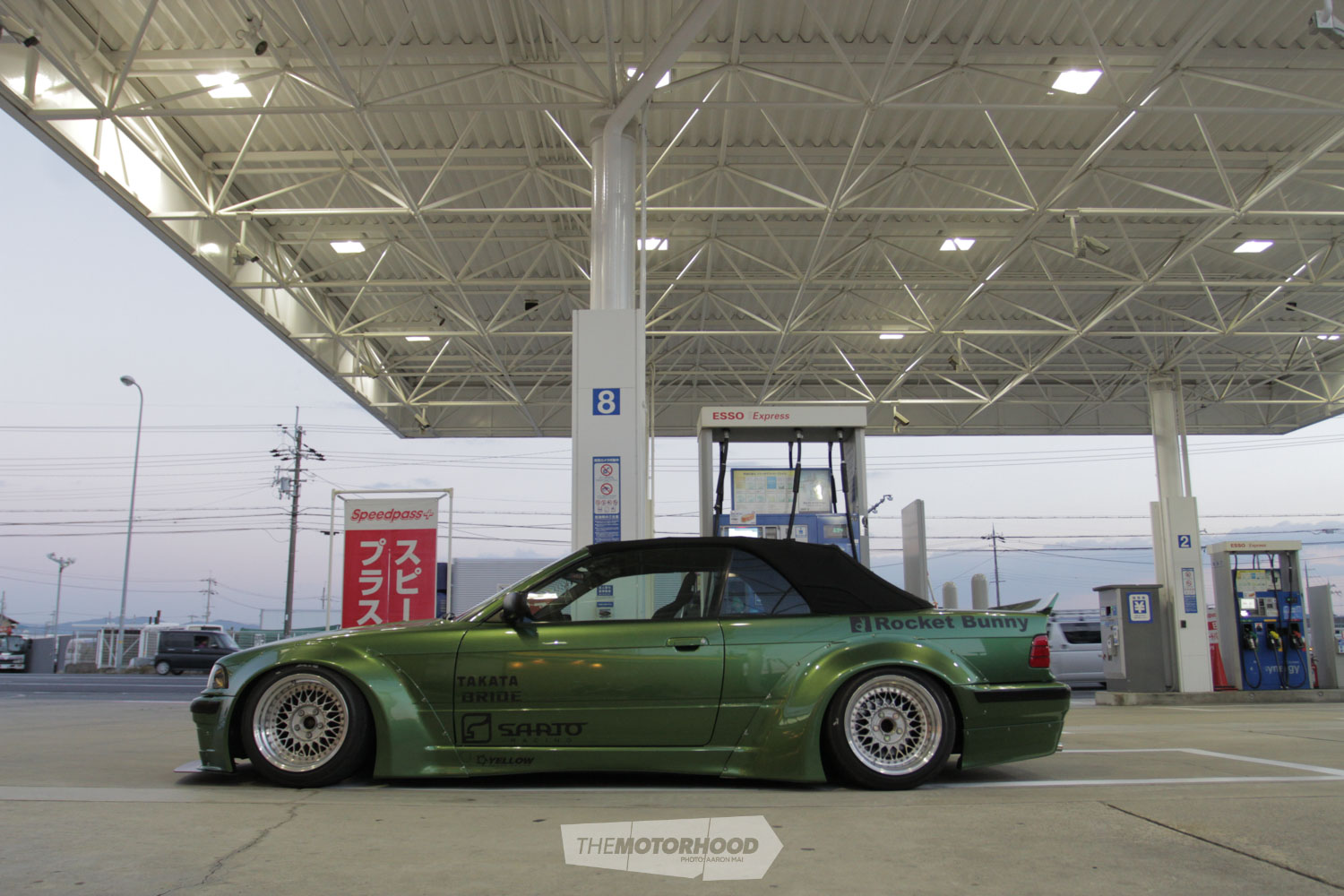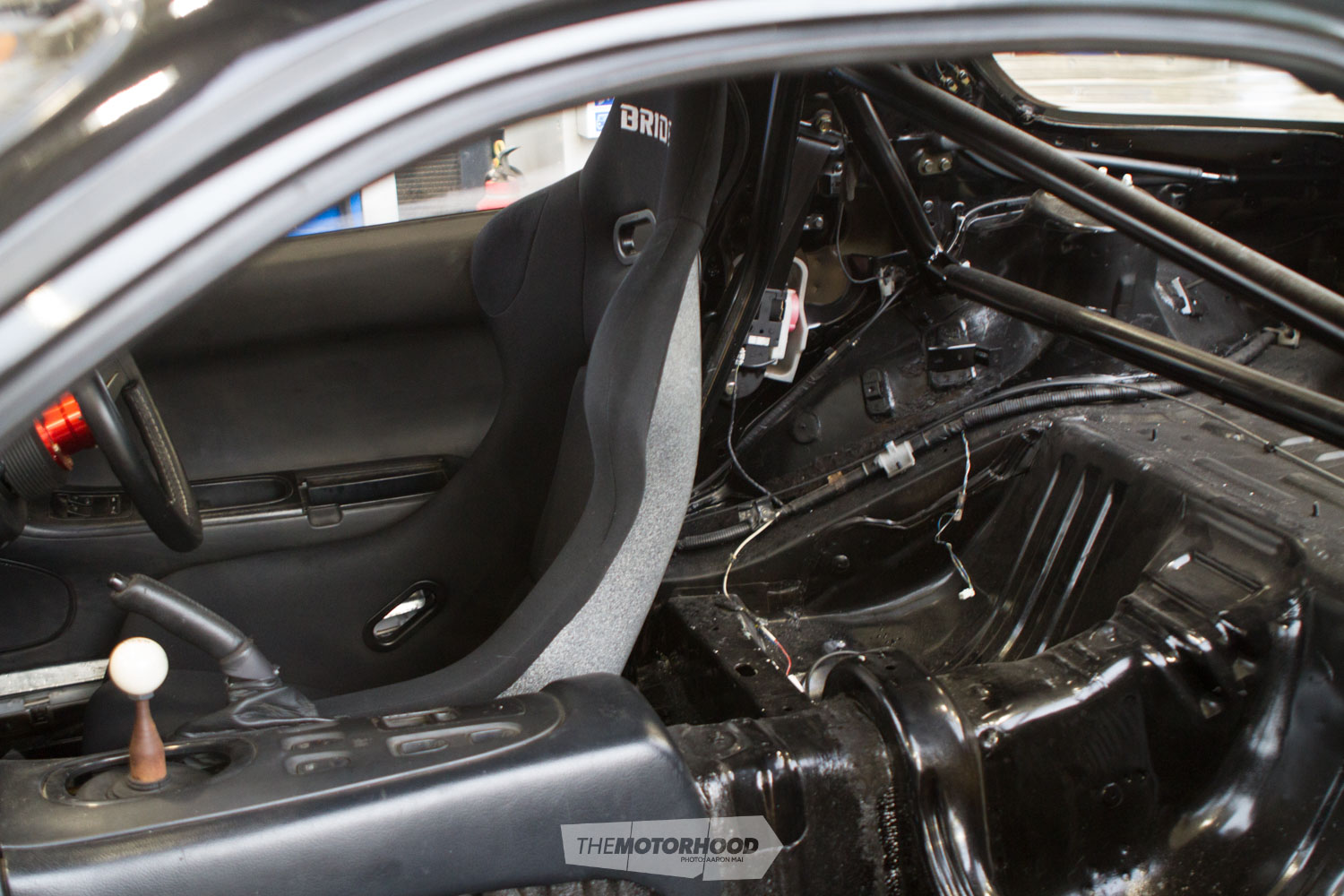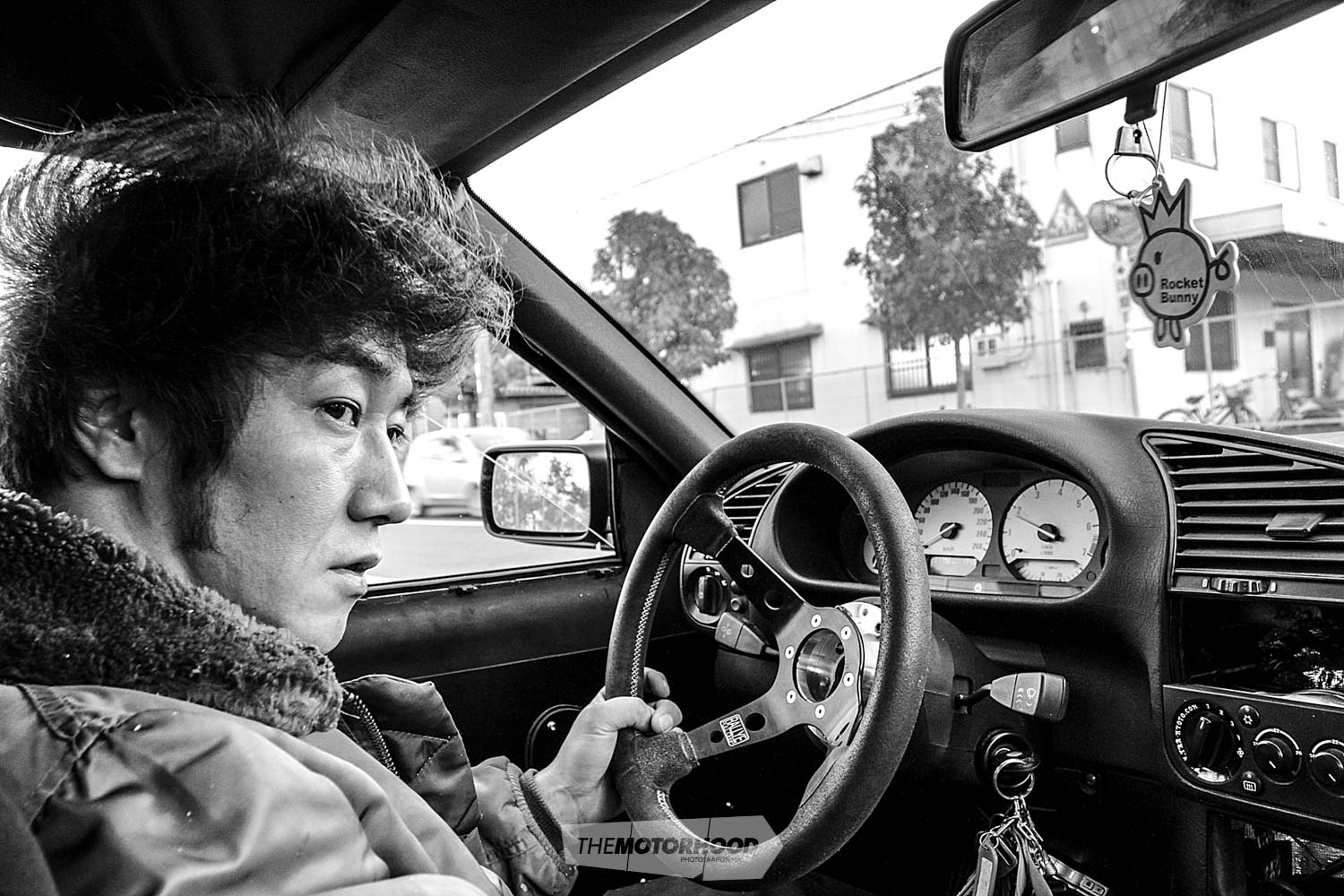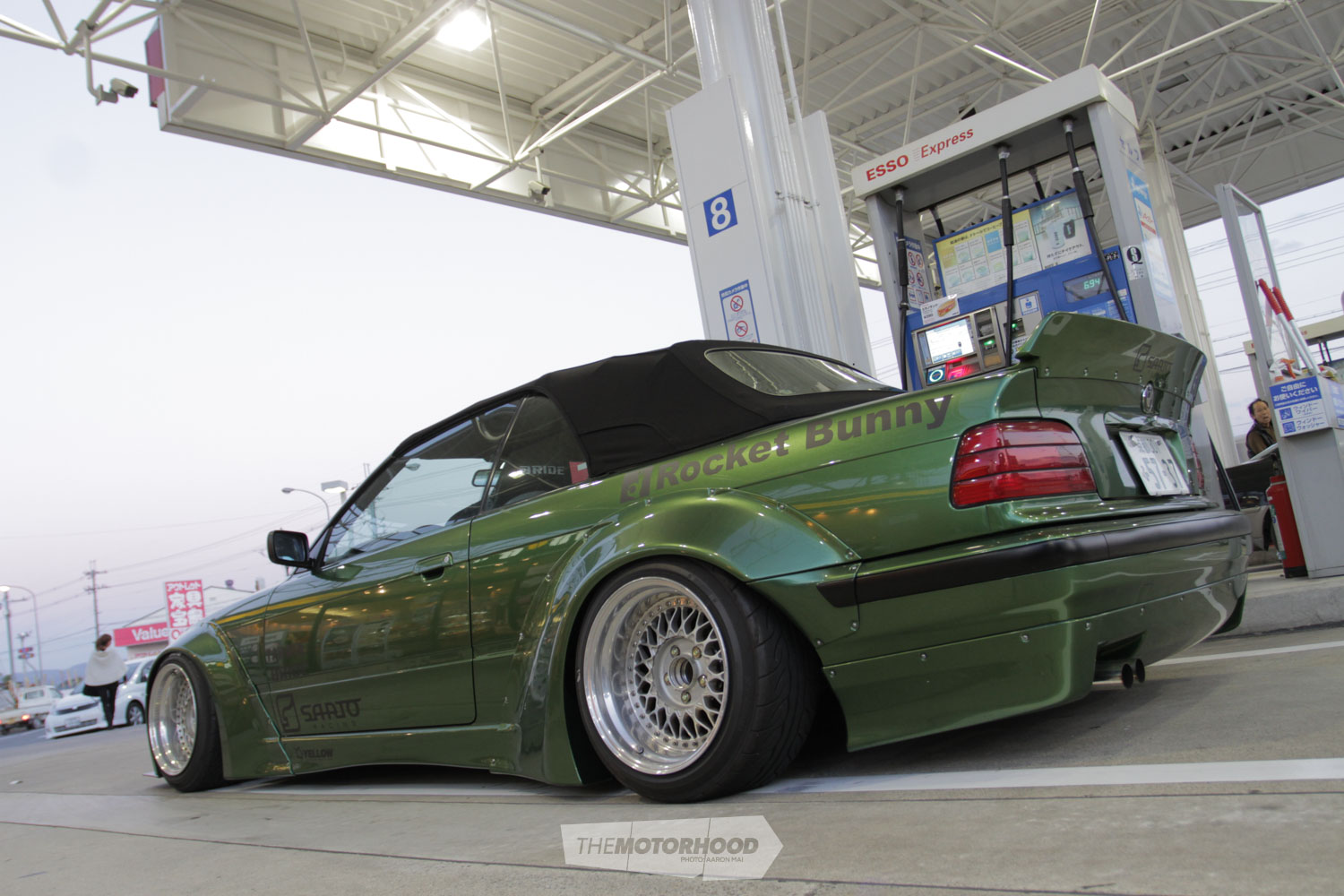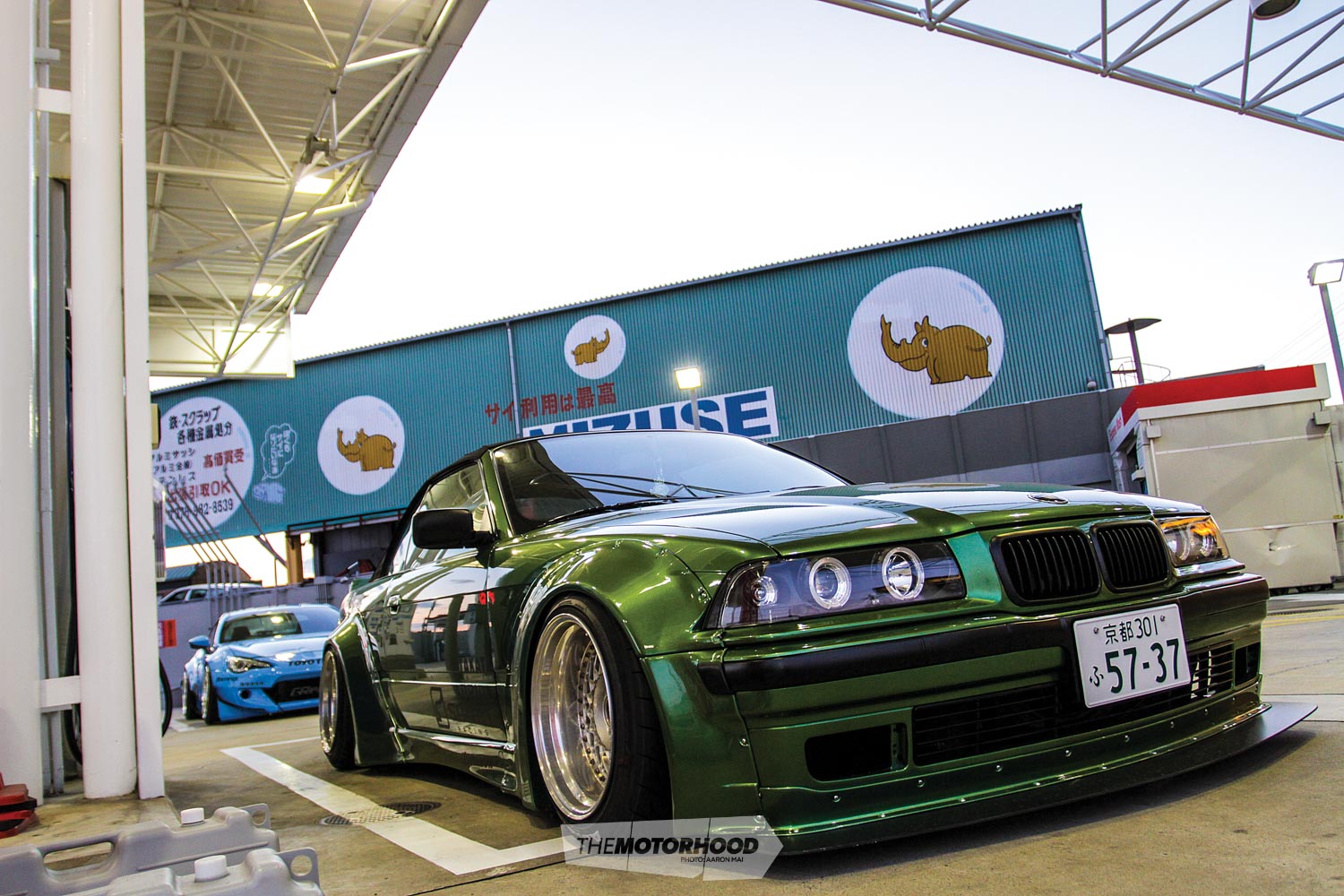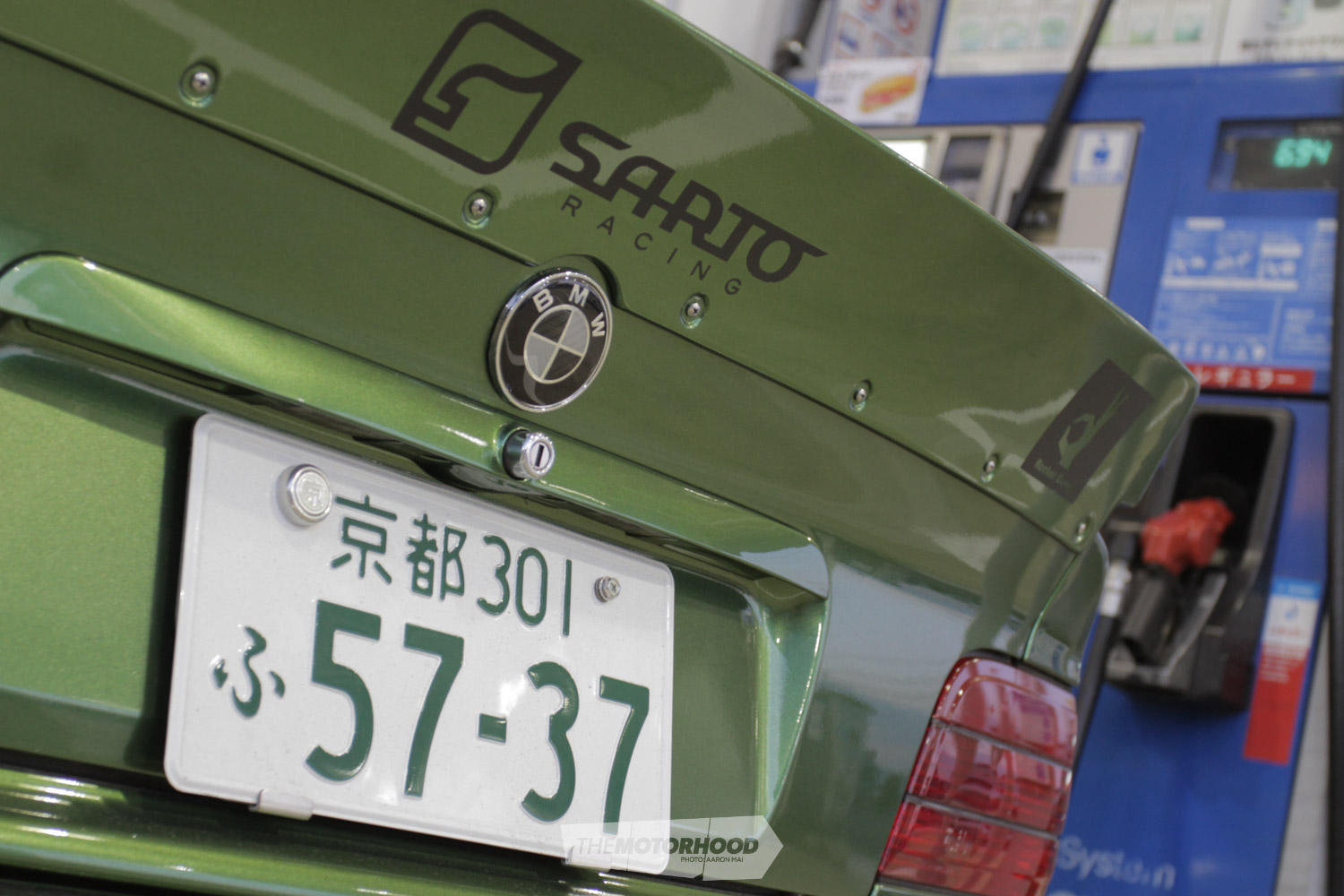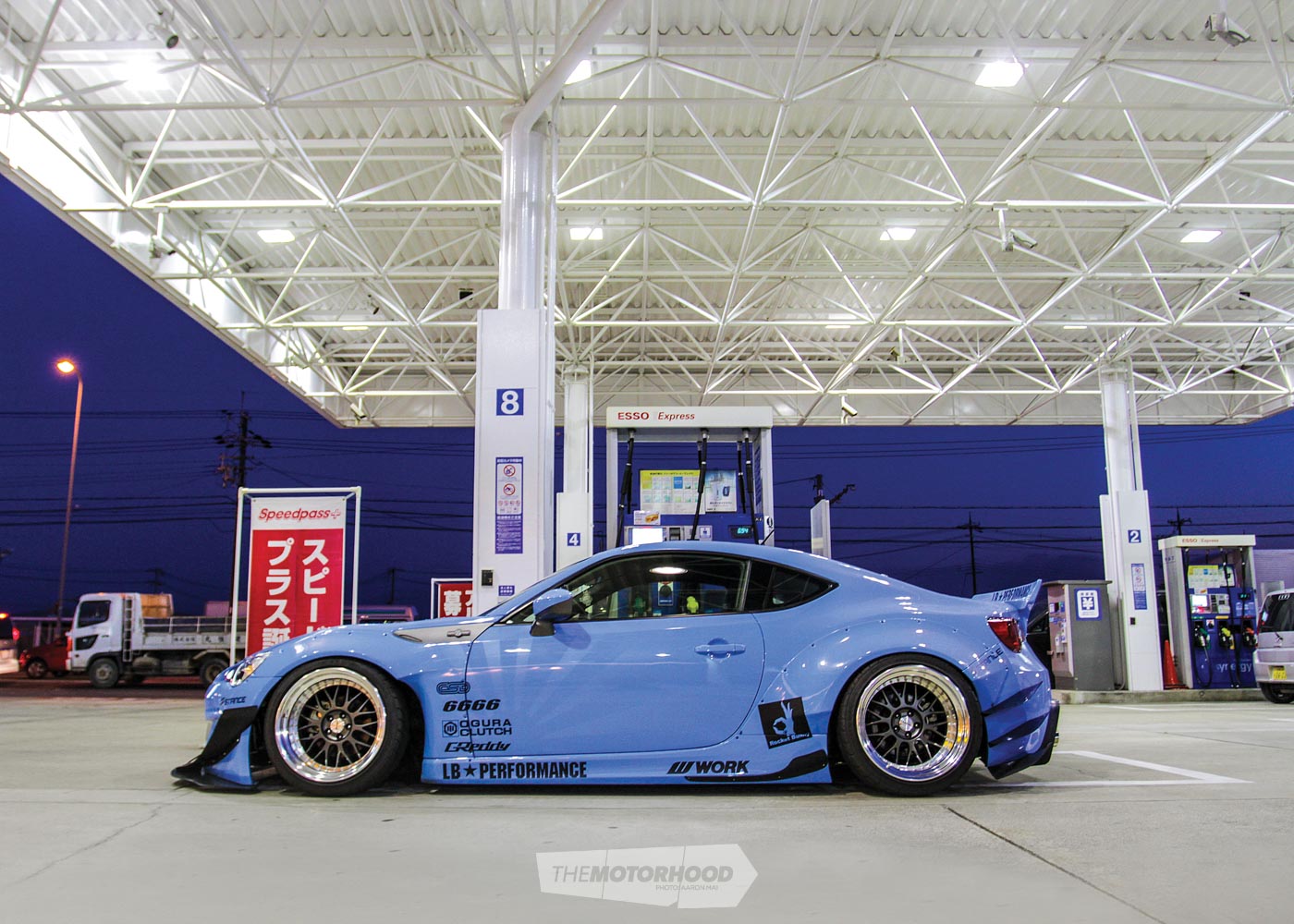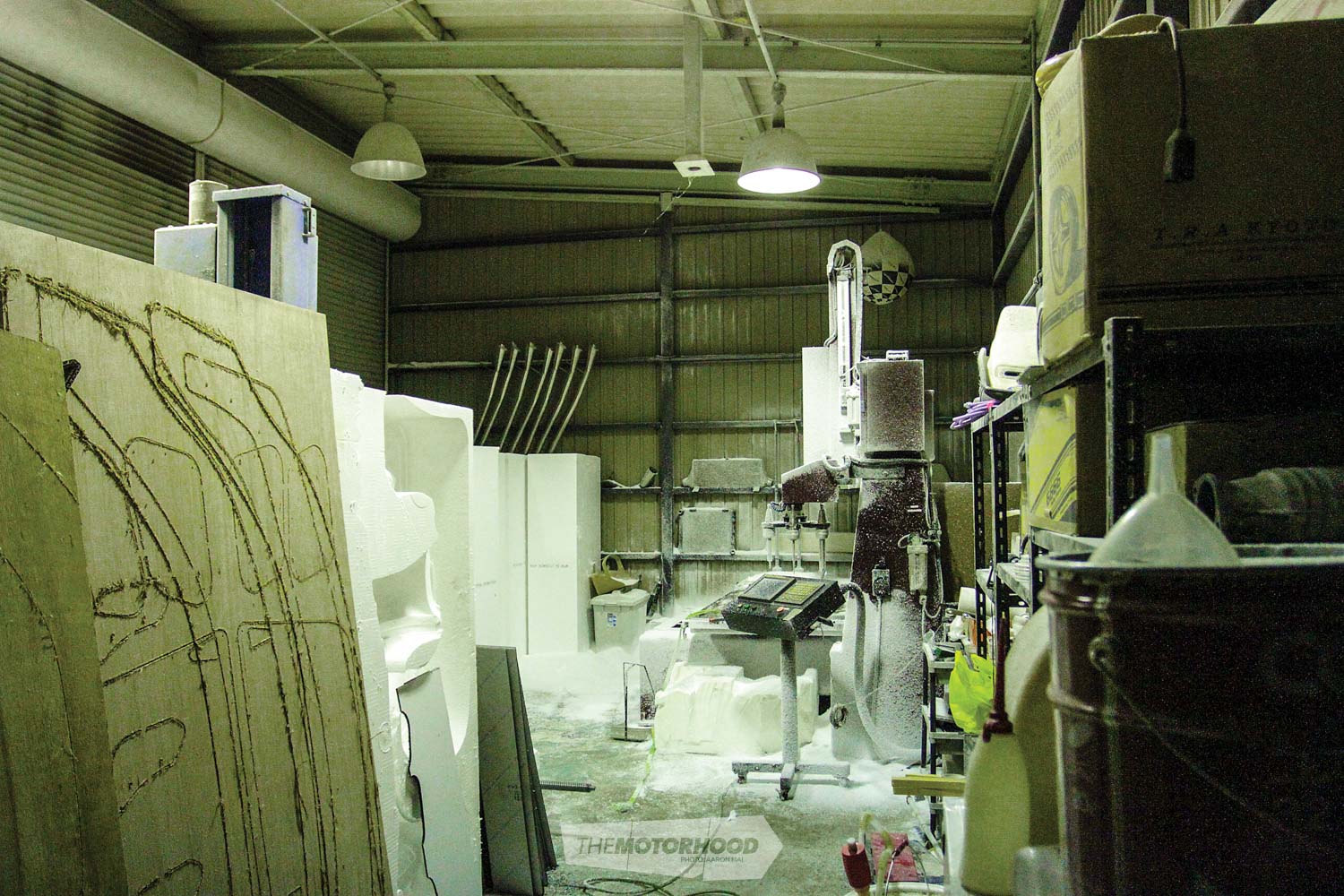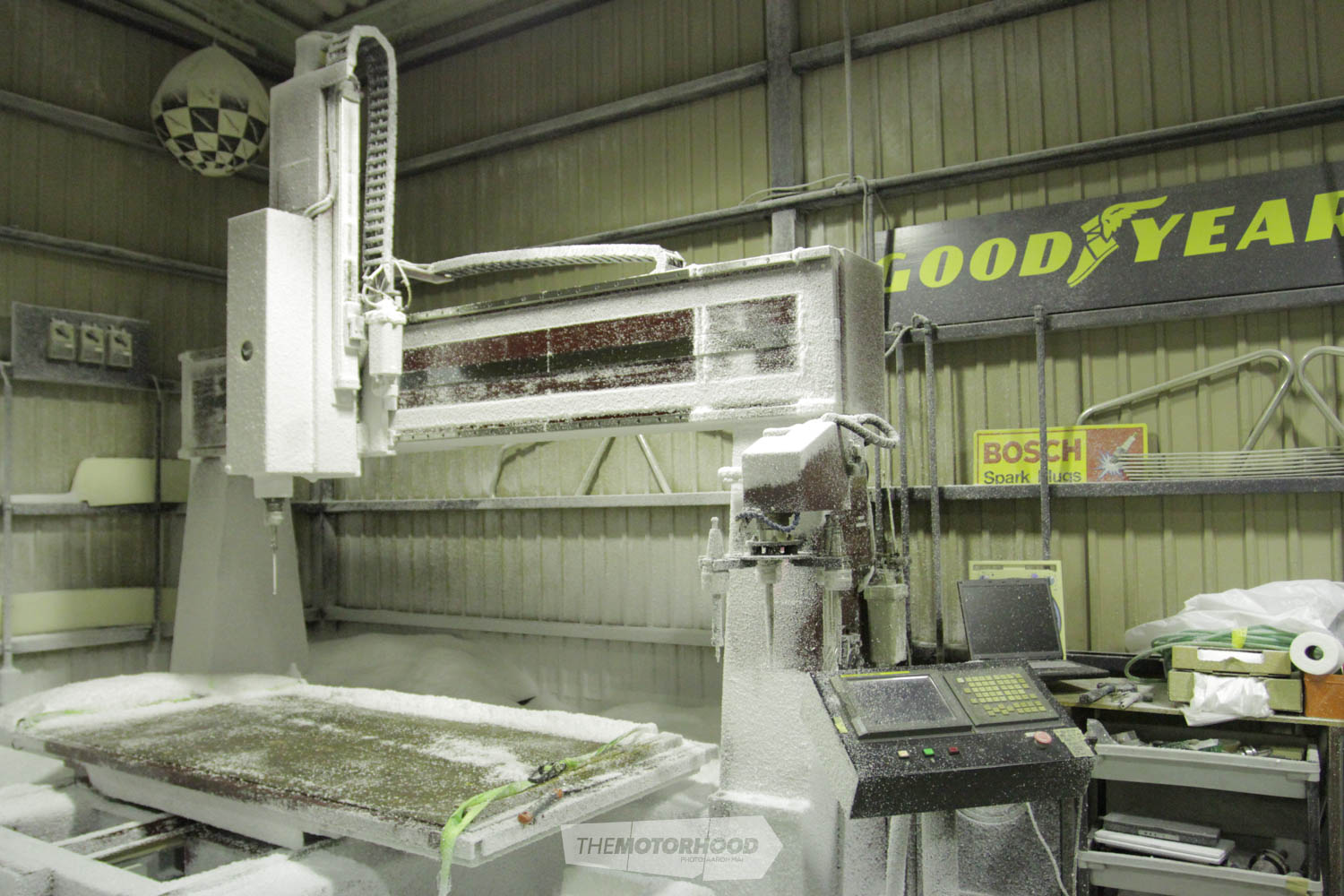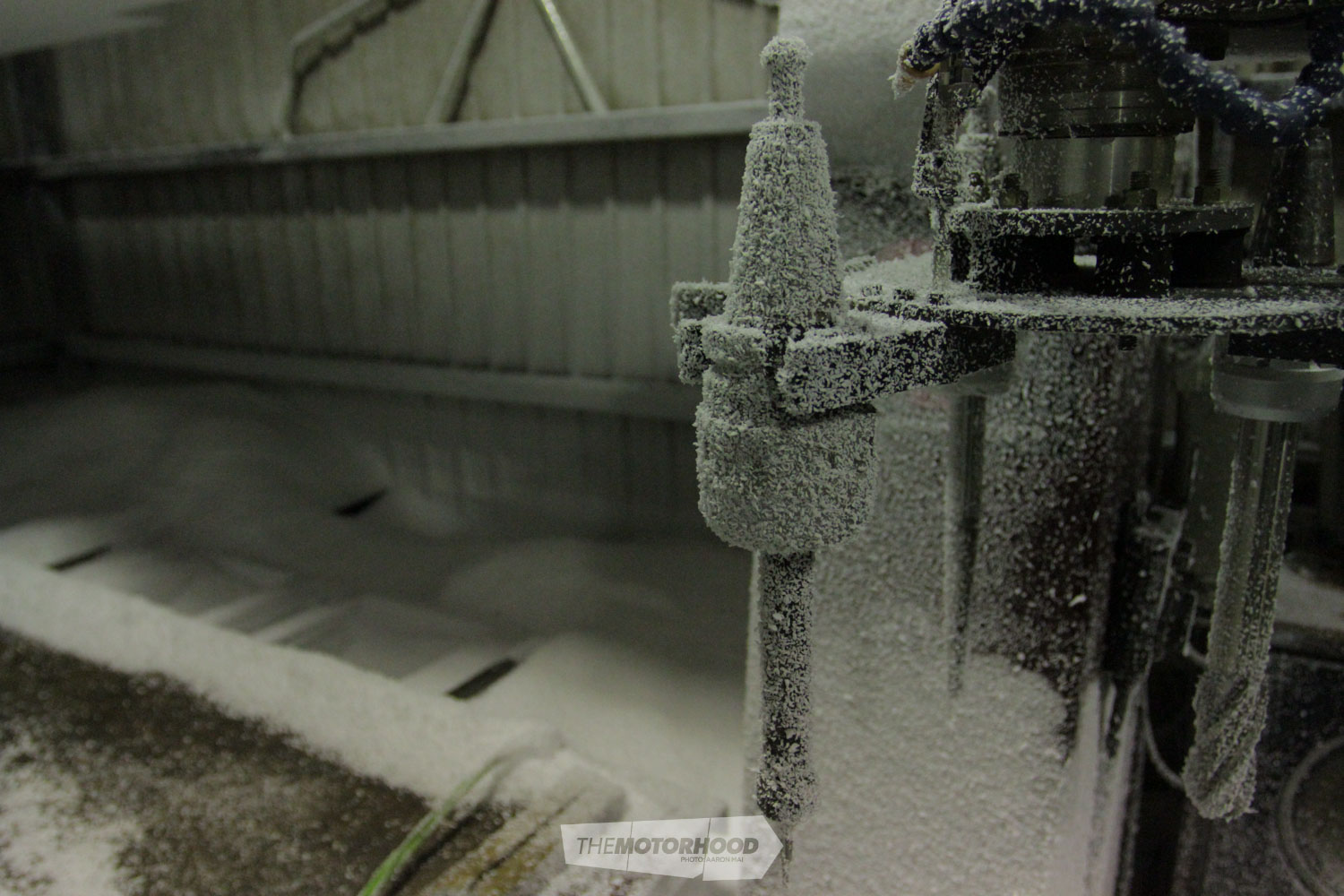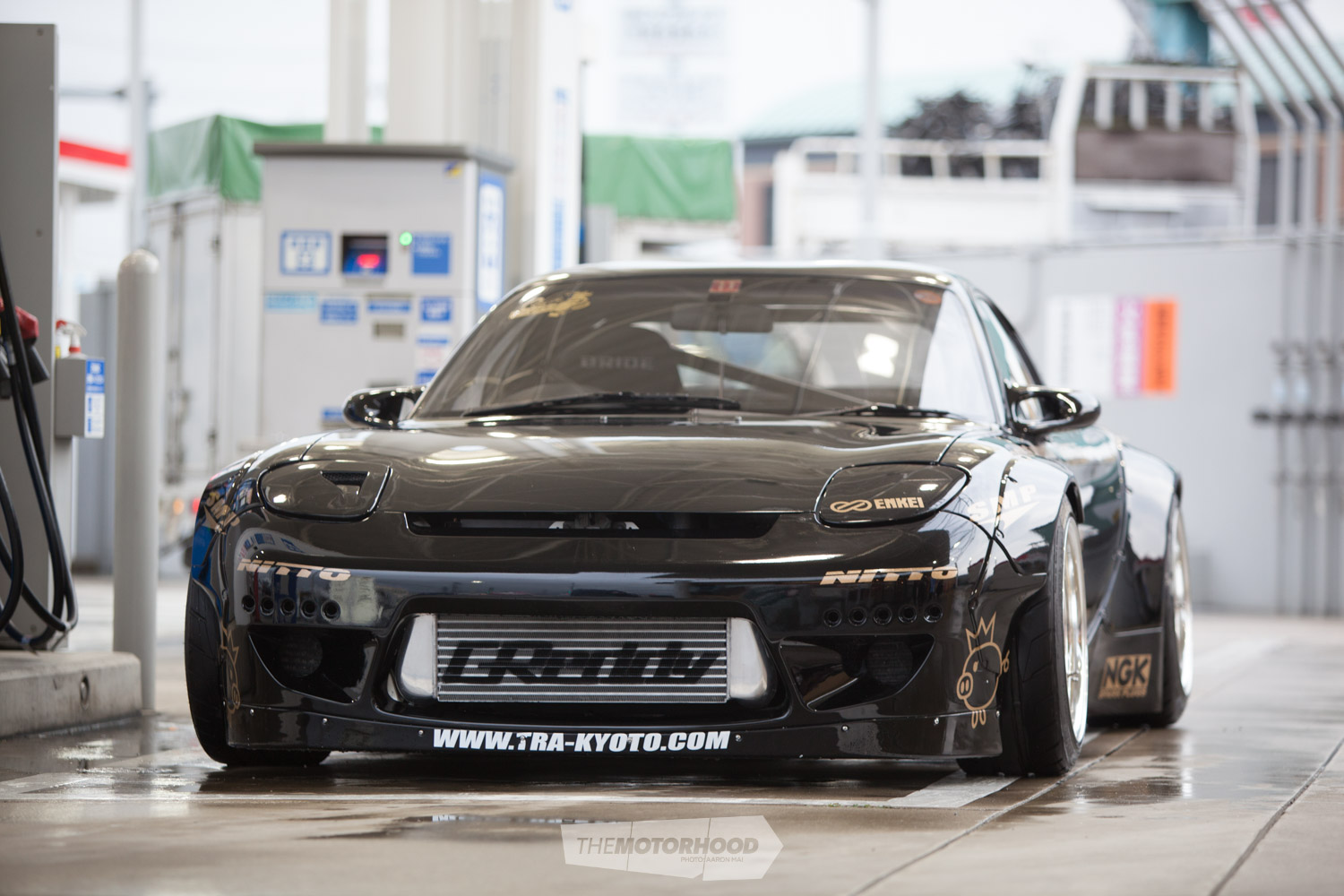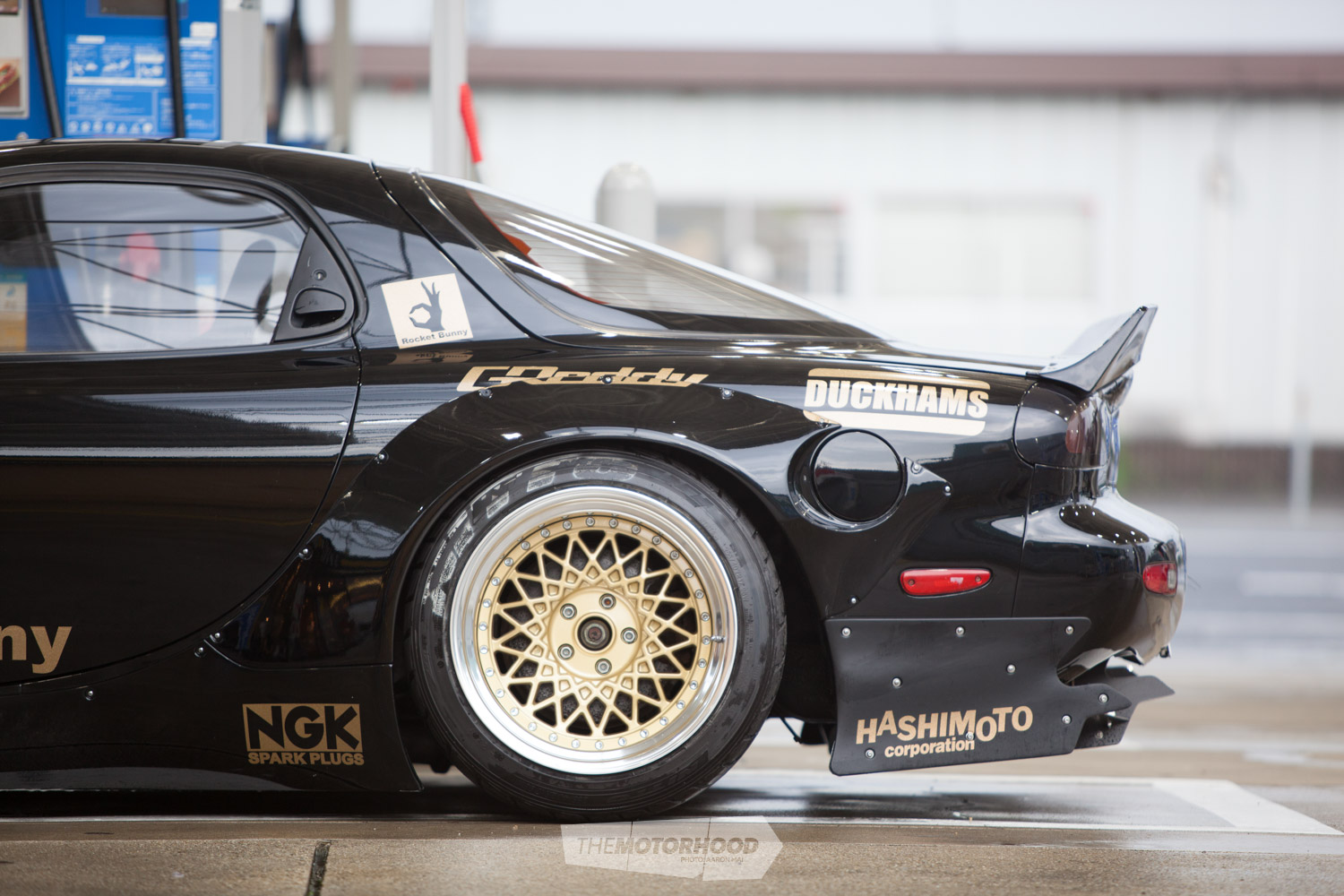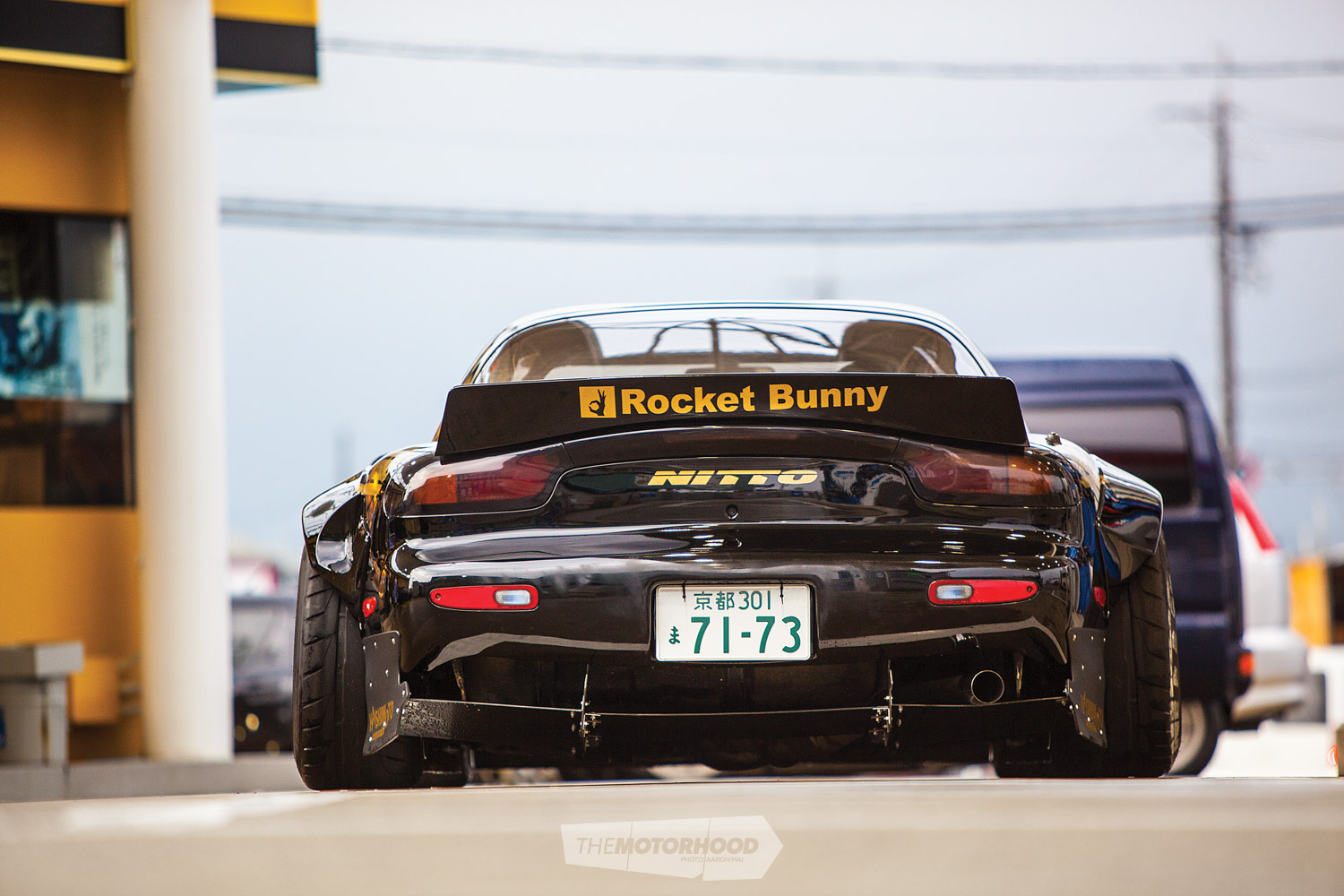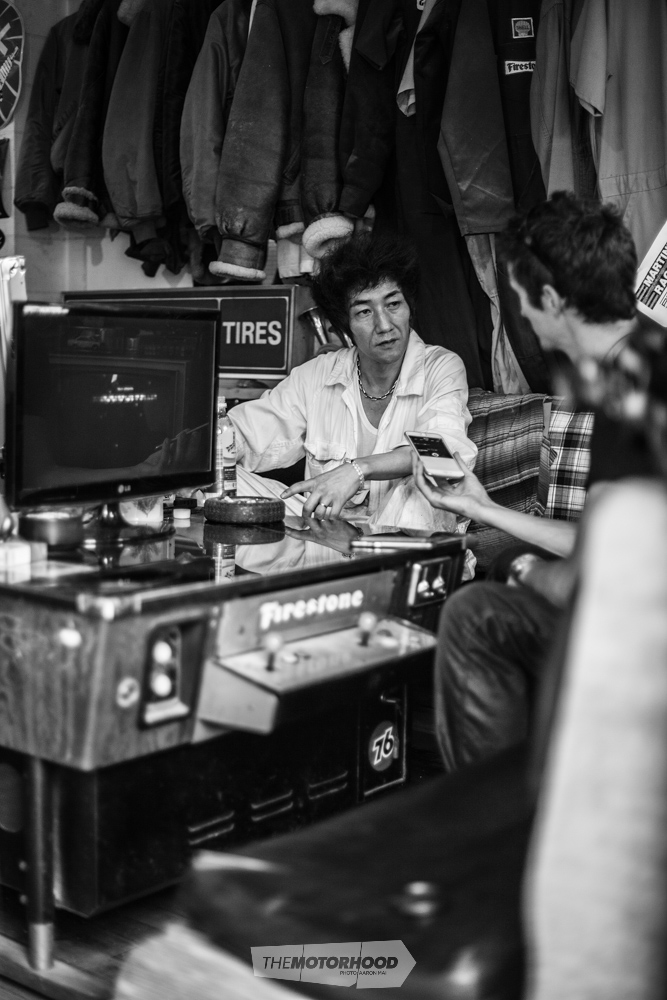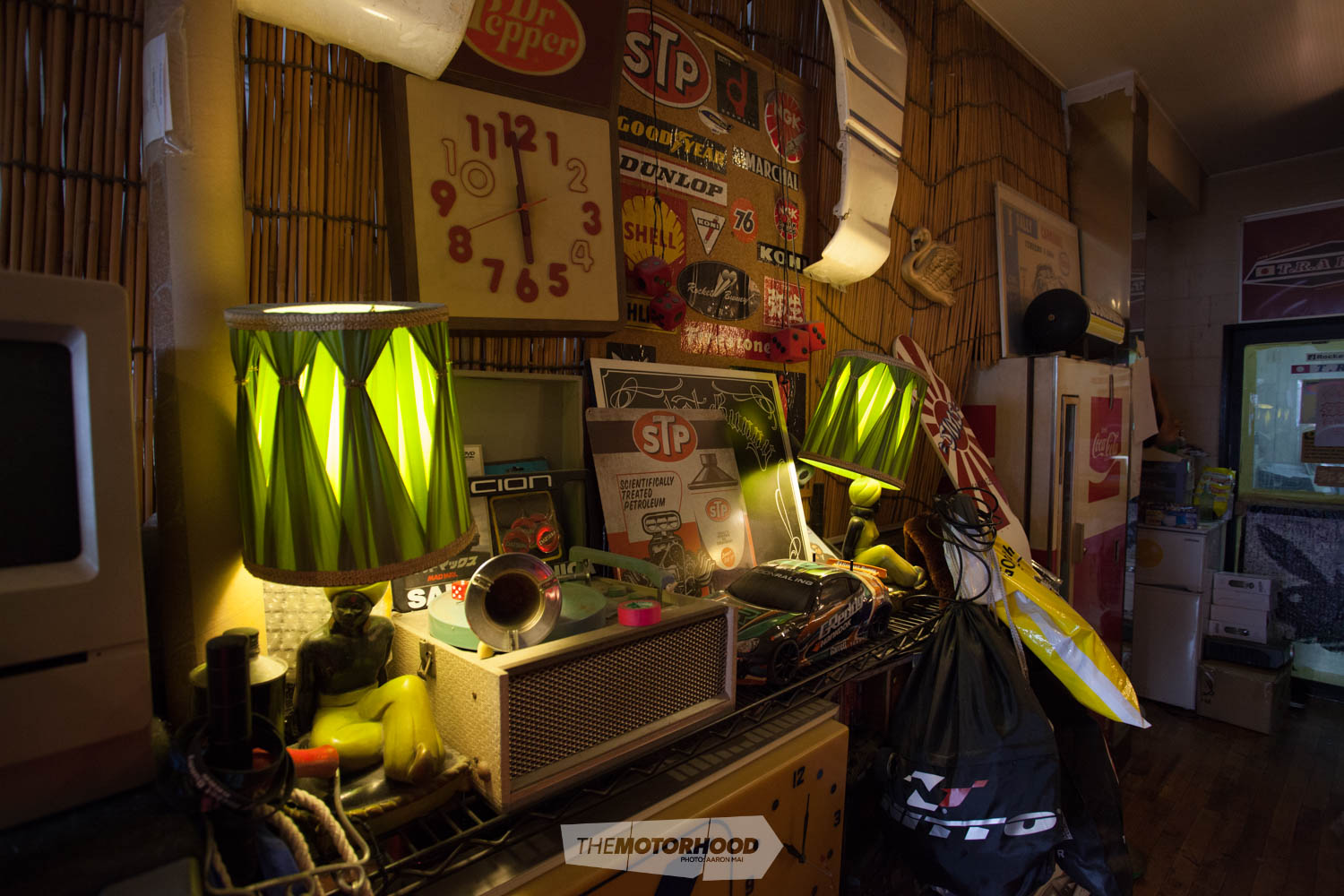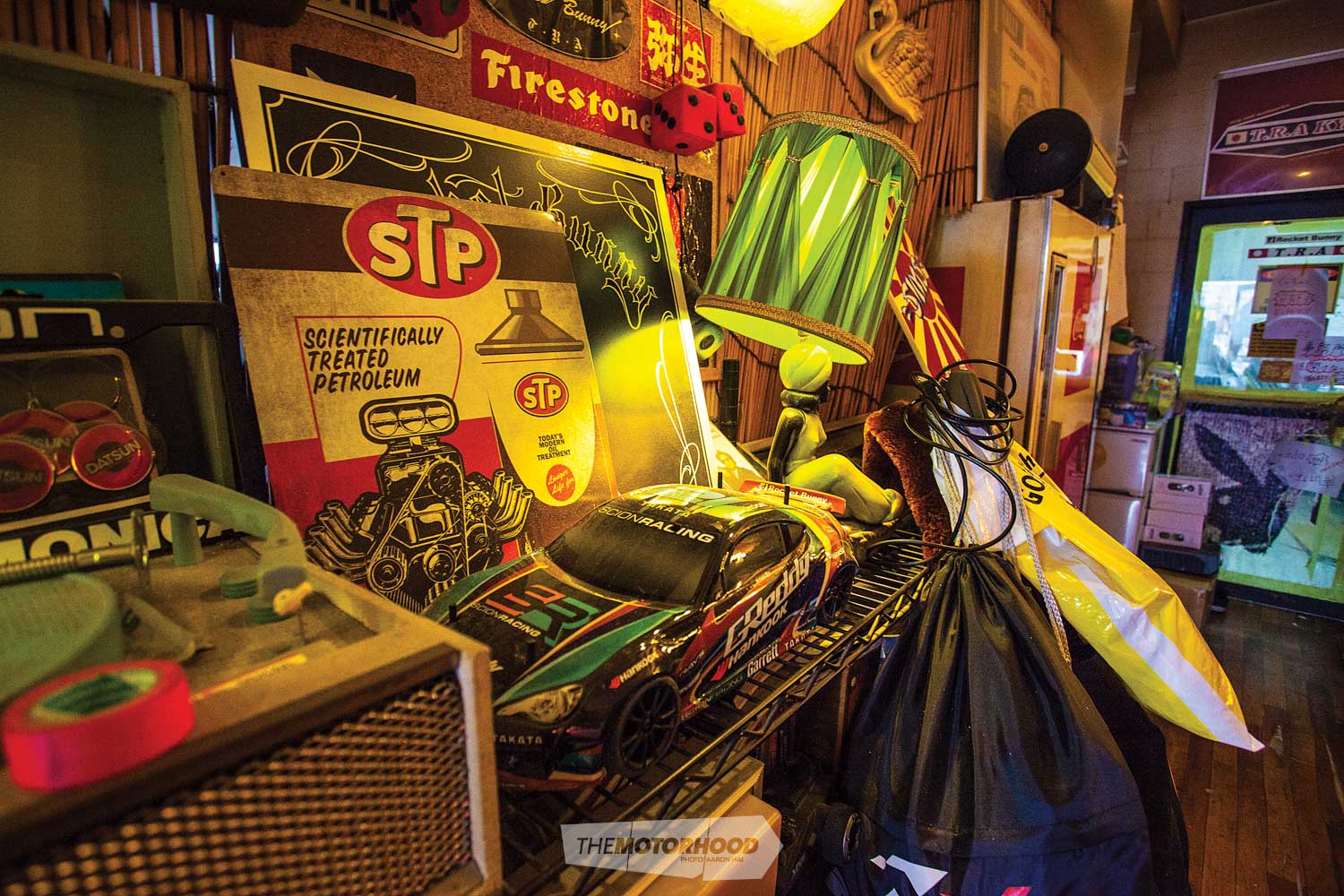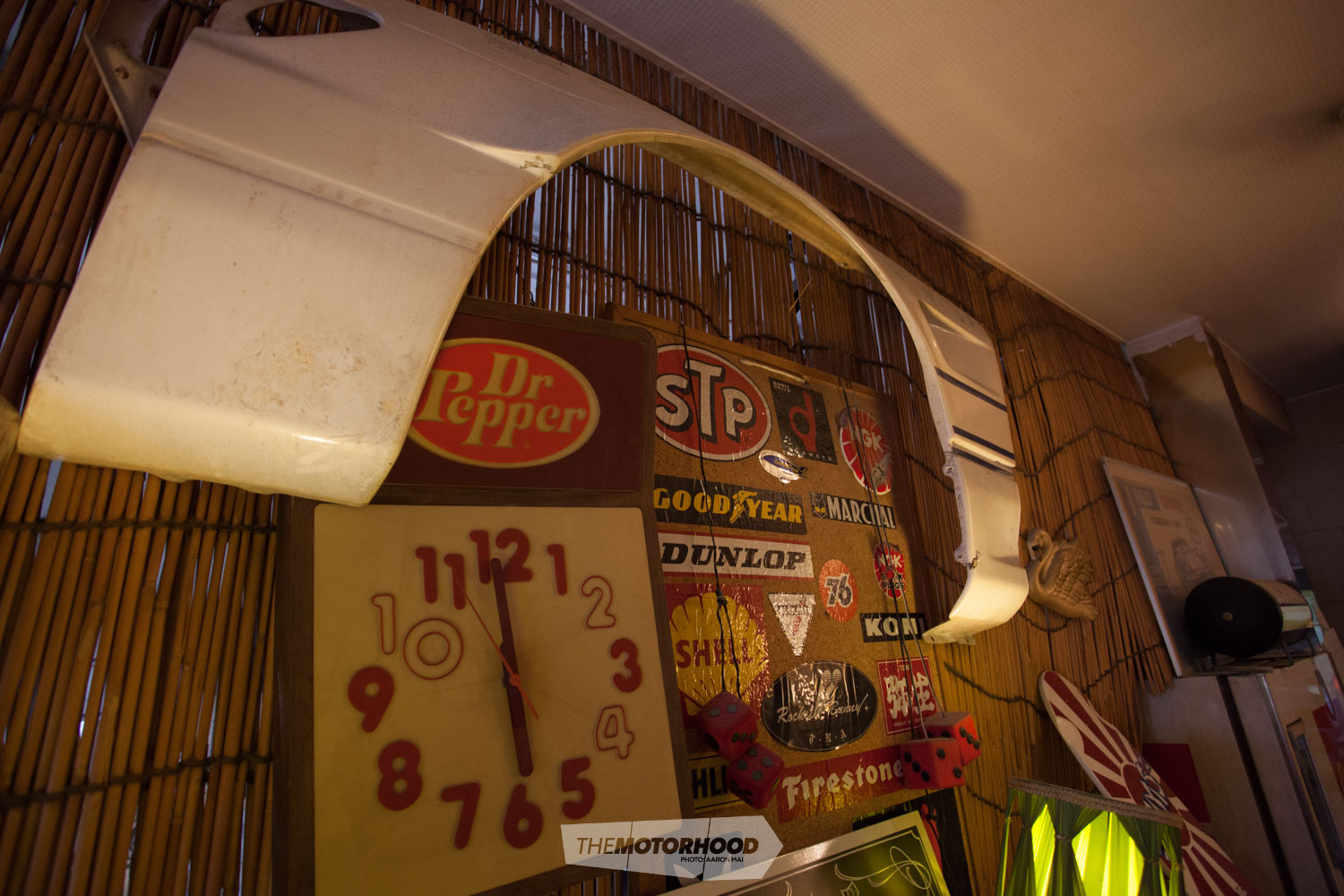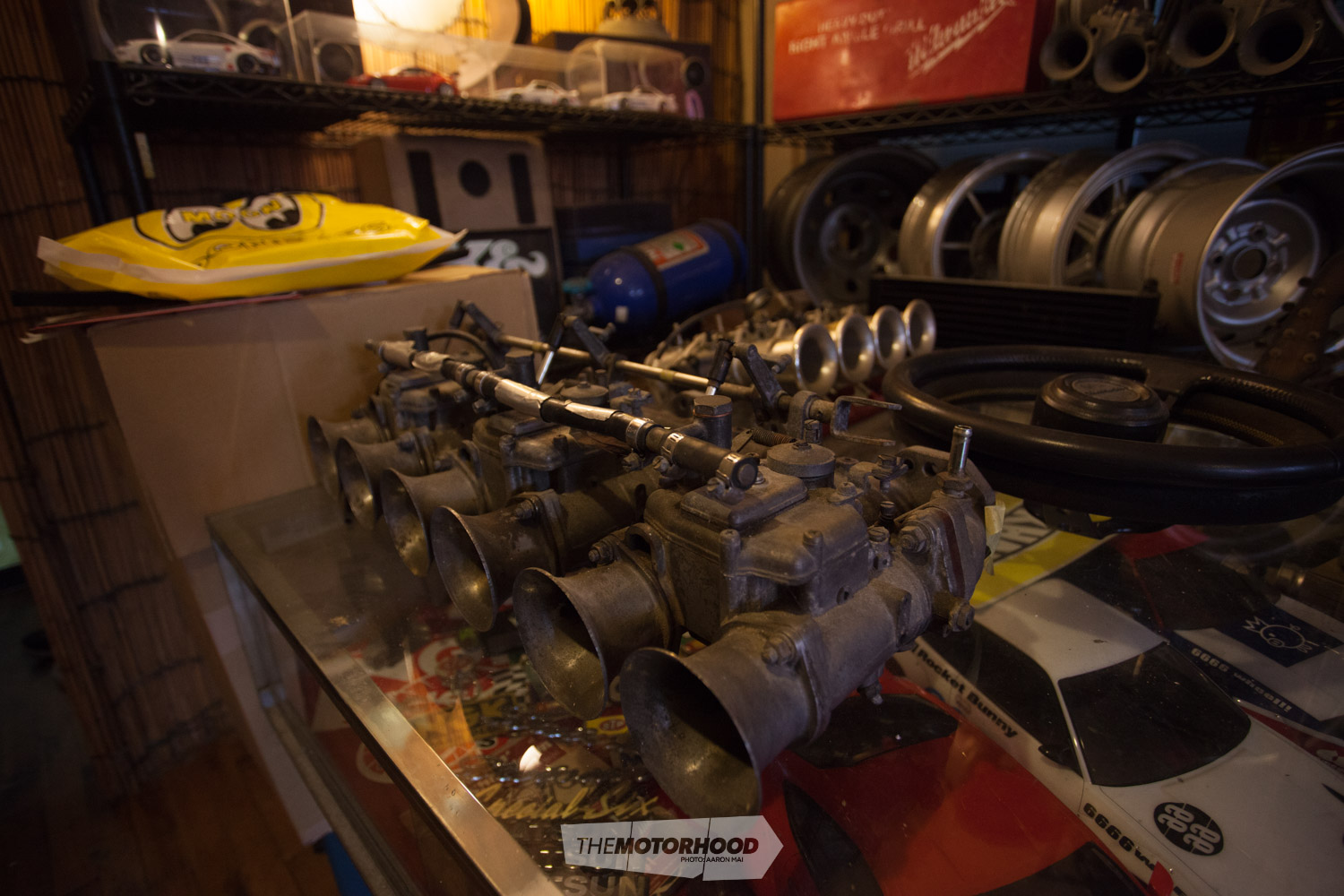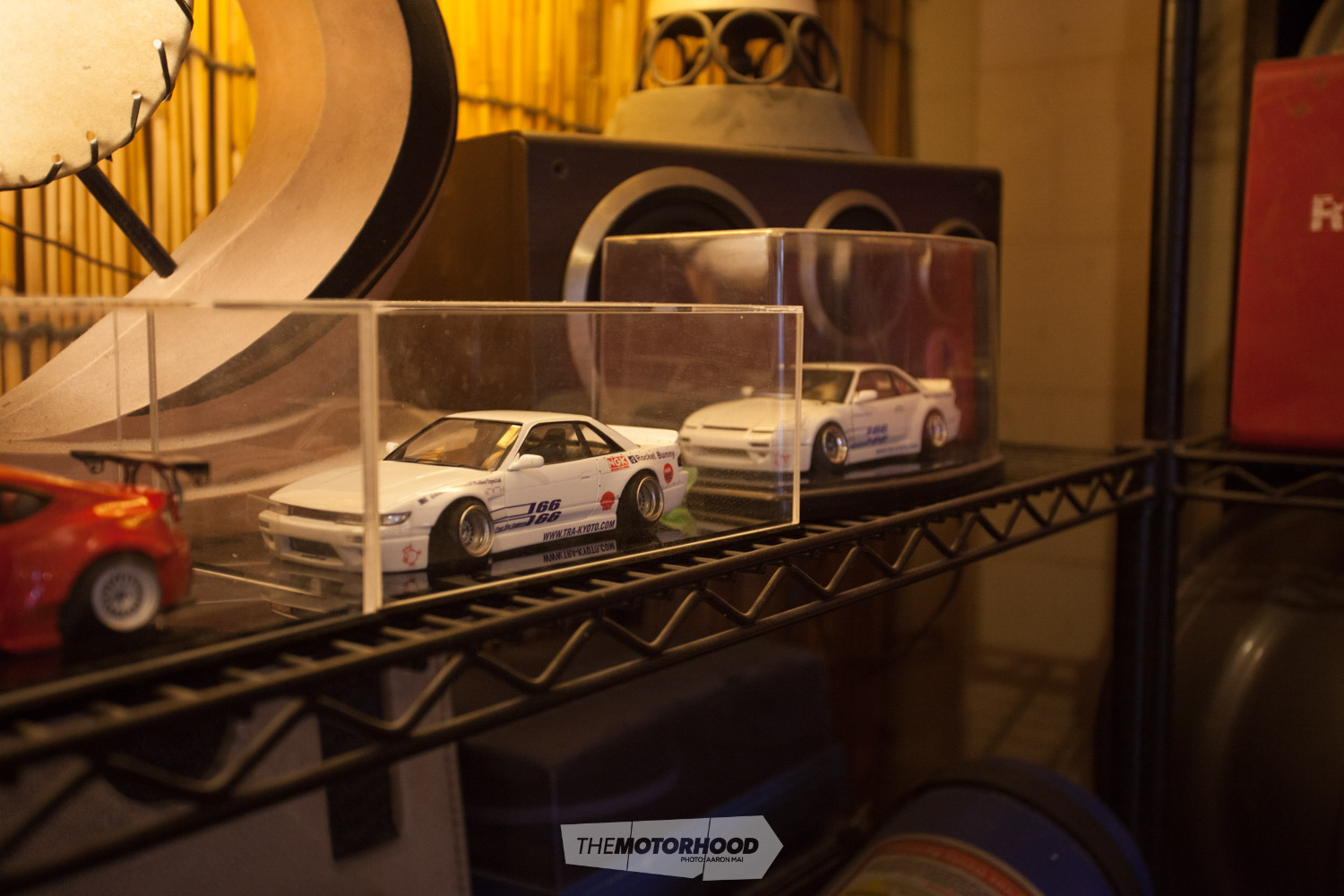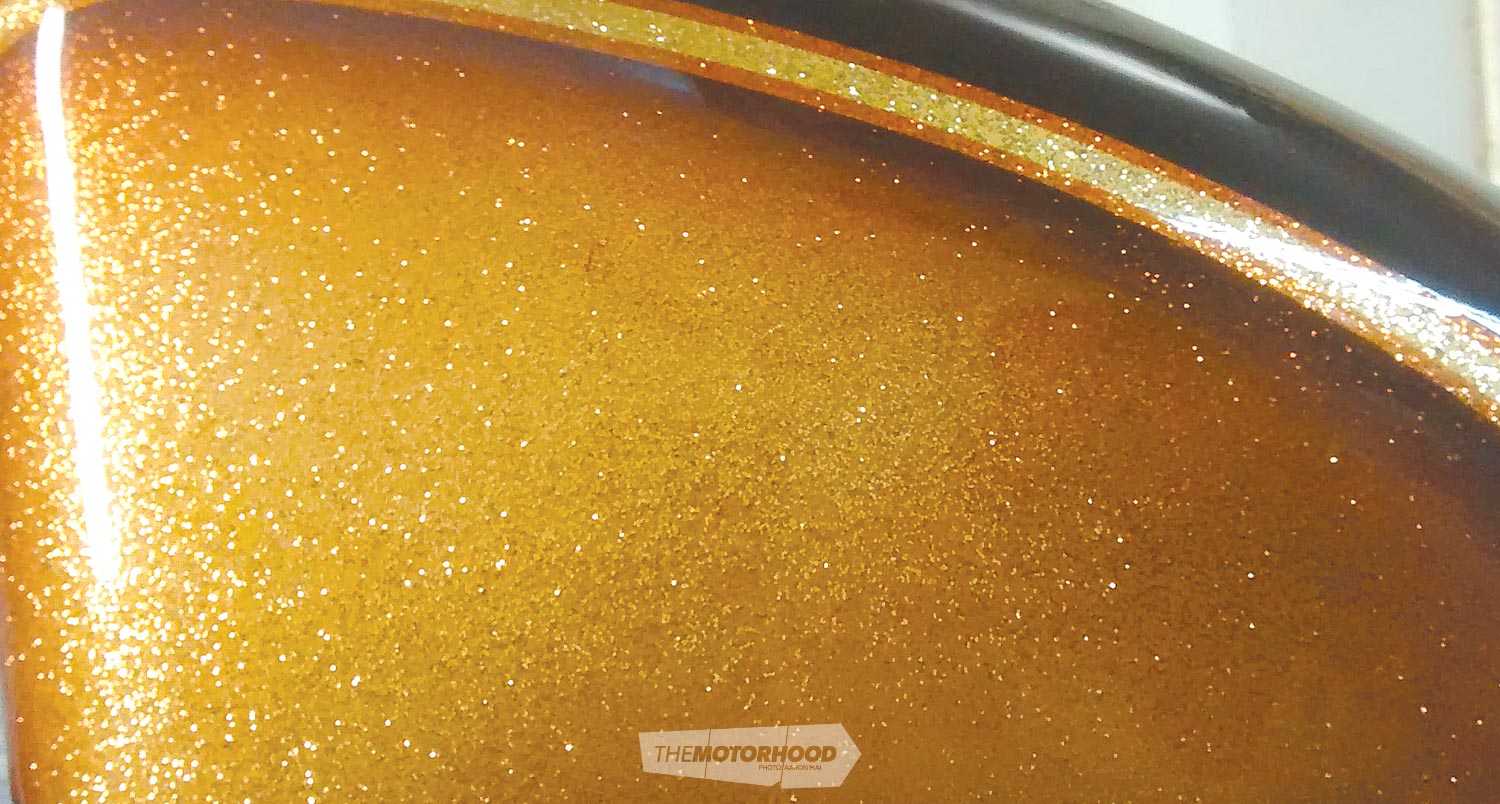Great art is an outward expression of an artist’s perception of the world, while the inner workings of a tuner’s mind — at times a dark and mystical place — are a process that few could ever comprehend.
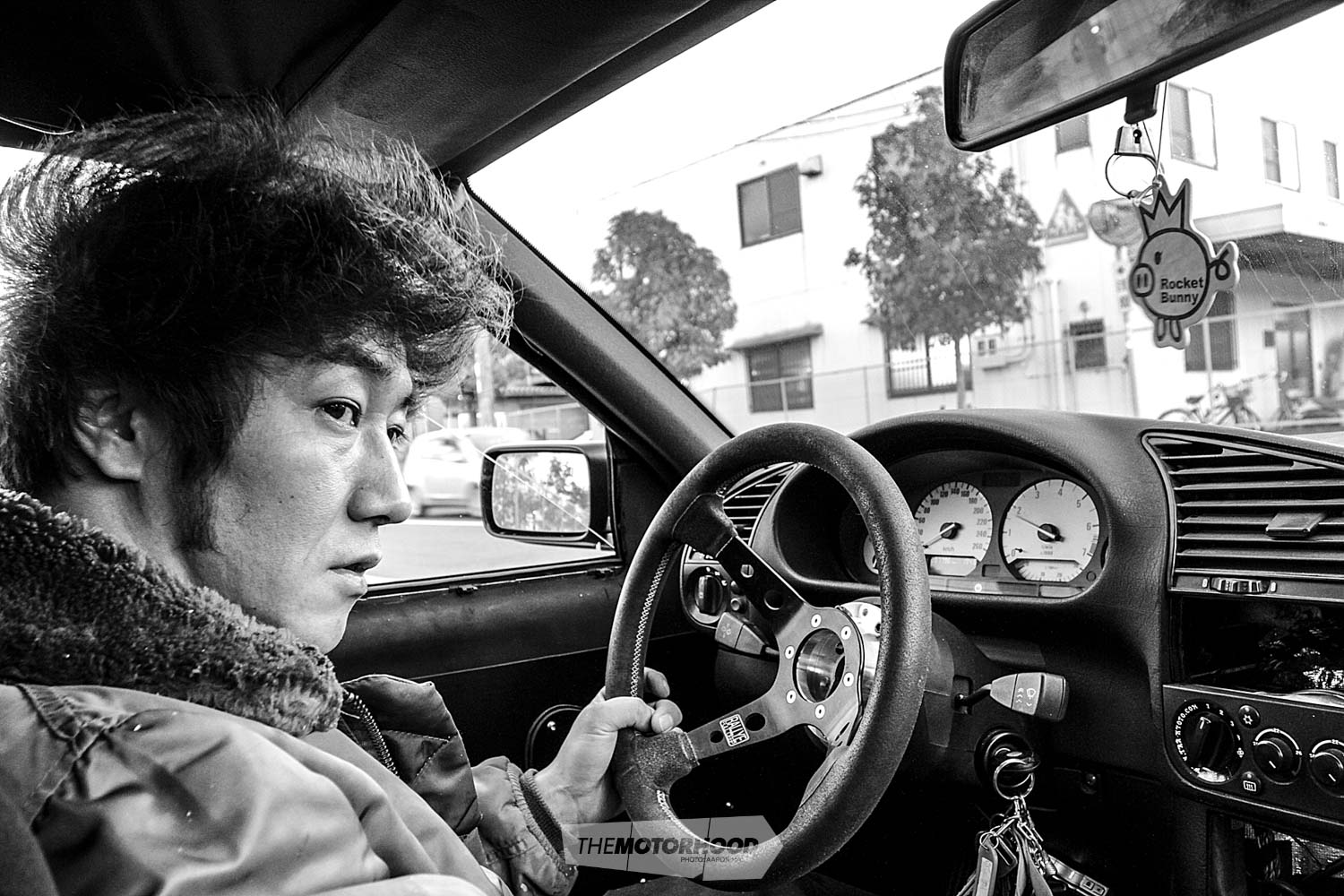
It is no secret that Kei Miura is a trendsetter, a game changer extraordinaire, and his way of mixing old-school style into modern platforms makes for some incredible creations. Nowadays, it is hard to attend a show and not witness one of his aero sculptures: when it comes to automotive aero, his brand has a reputation that few can keep up with. As an old-school original thinker who hasn’t wavered in his belief about what a car should look like, Miura-san has shown the tuning world that sticking to your guns really is the best way to tune cars. So, rather than just photographing his creations, we decided it was time to get to know a bit more about the man behind the movement that is Rocket Bunny.
Miura-san is a man of few words, and he has a very clear train of thought; there is no room for unnecessary complication. His work, while intricate, retains a level of simplicity and he ensures that it doesn’t detract from the aesthetics of the OEM lines that we already love in a car.
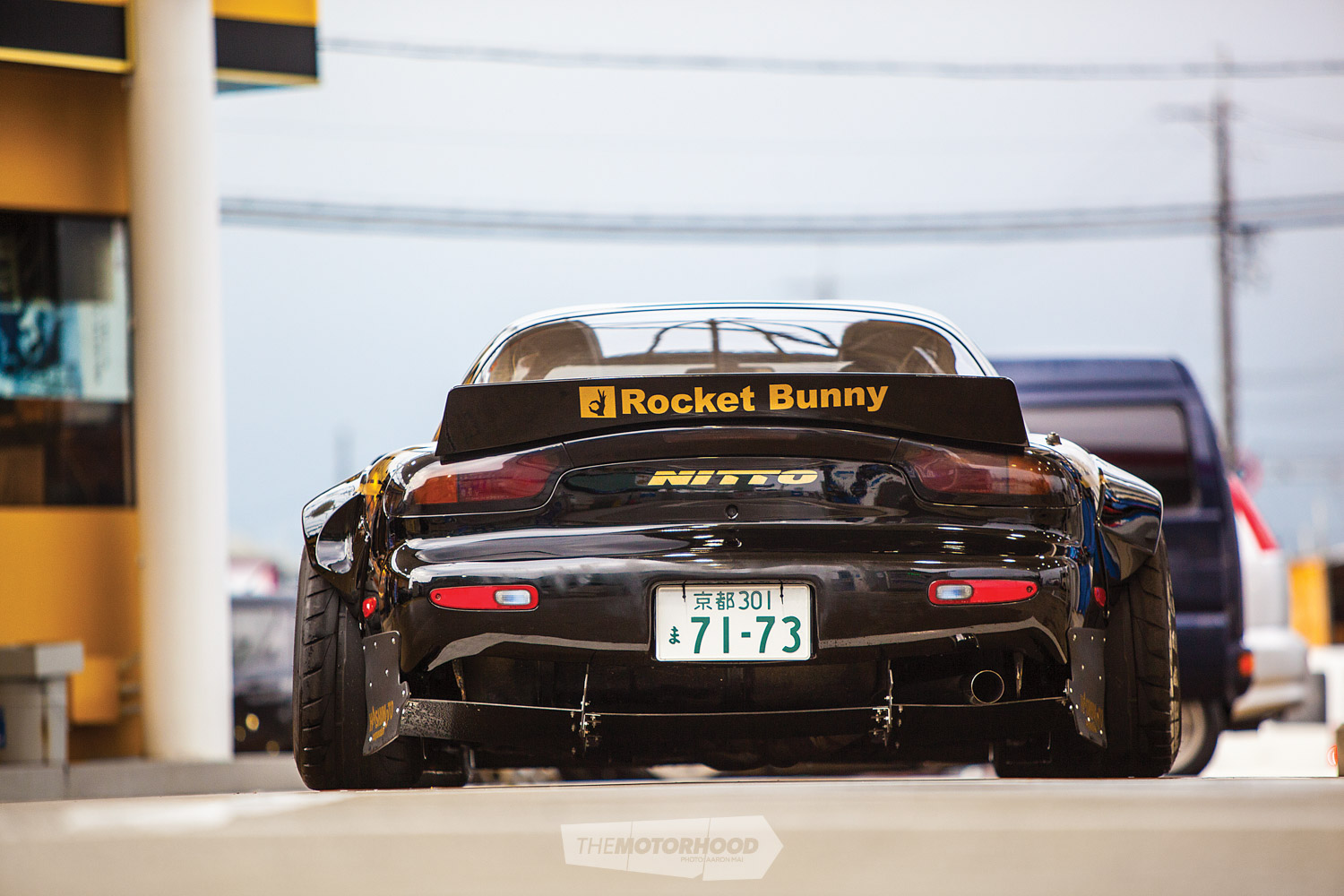
His hands-on approach to every single one of his cars is the exact reason that he is seen as such a visionary within the industry today
While we were chatting en route to the workshop, Miura-san told us about his first ever car, and, just like his areo causes jaws to drop, so his choice of first car was jaw dropping: it was none other than a Kenmeri Skyline. “I remember buying the car, and driving directly to my friend’s workshop. Immediately, we changed the wheels, bolted on fender flares, and changed a few other bits and pieces. We worked all night on the car, because, the next day, I went racing in it.” He erupted in a burst of laughter — looking back, it must have seemed insane that he had hacked up a Kenmeri and then gone out on a track to thrash his pride and joy mere hours after obtaining what was his dream car at the time.
As mad as it may have seemed, his hands-on approach to every single one of his cars is the exact reason why he is seen as such a visionary within the industry today. What sets this man apart from many is that he is responsible for 100 per cent of his products; you will not find him outsourcing any step in the design or production of a kit. Not only is he the driving force behind all his own products, but he is also a big part of many other well-known companies, most notably, Liberty Walk, with its wild Lamborghini, BMW, and Ferrari aero kits.
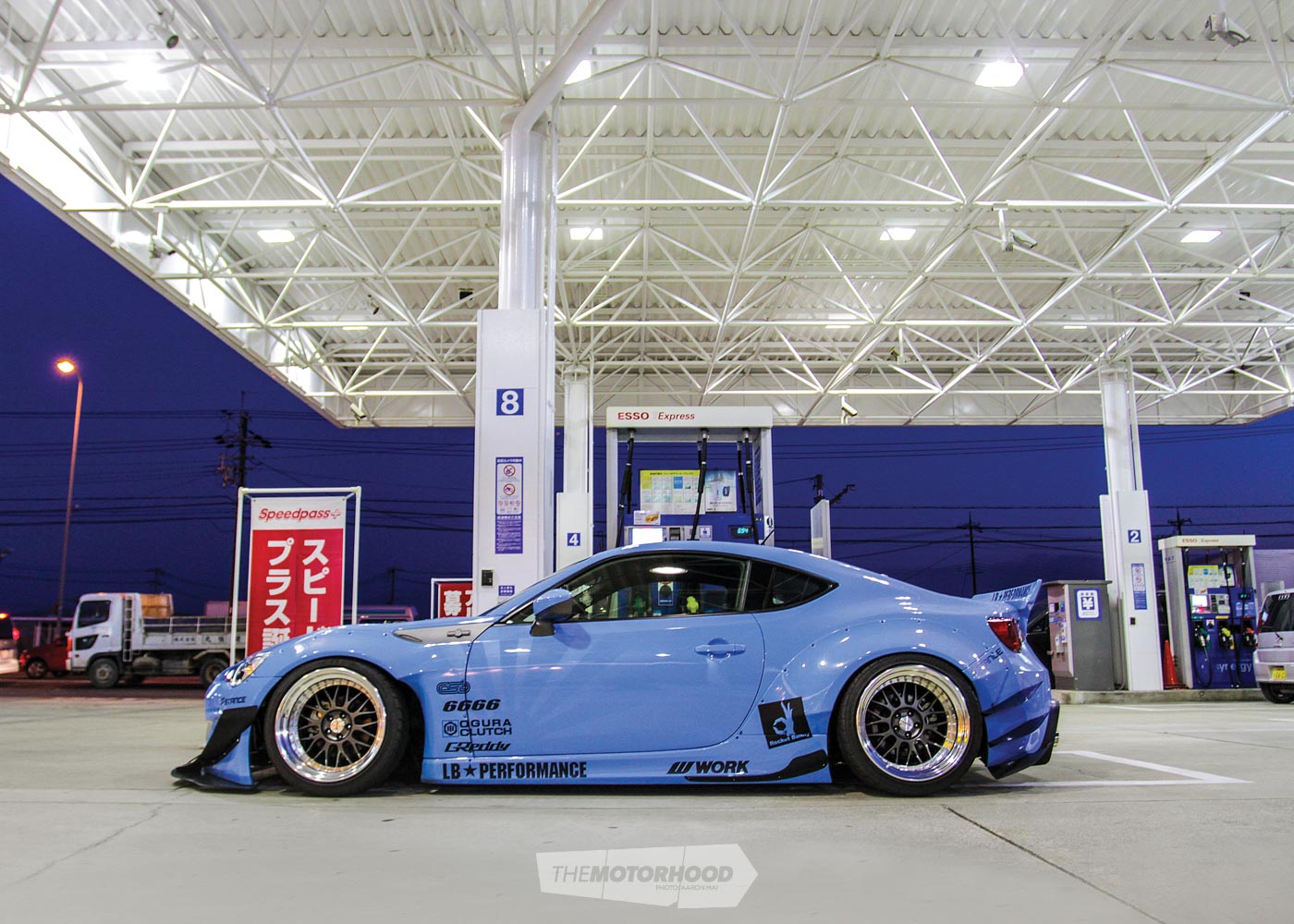
It is no secret that Miura-san has long been a fanatic lover of the Datsun and Nissan platforms, and, while standing in front of the workshop with his S30, S13, GT86, and Civic all parked out front, you can’t help but realize you are in the presence of something — and someone — special. Yet, sitting down inside with him, he is as down to earth a person as you could get, always quick to ensure any visitors are well looked after and that canned coffee and bottles of green tea are offered in abundance.
When I asked a little bit more about the man we don’t see in articles and photos, it was interesting to hear what makes him tick.
NZ Performance Car: Where did the name ‘Rocket Bunny’ come from?
Kei Miura: A long time ago, I had a rabbit-shaped coffee mug; from this mug is the origin of the name ‘Rocket Bunny’.
Growing up, what influenced you to get into cars?
When I was growing up, there was an automotive boom in Japan. When I was about 10 years old, there were a lot of bosozoku cars being driven around, and it was from this that an interest in cars was sparked.
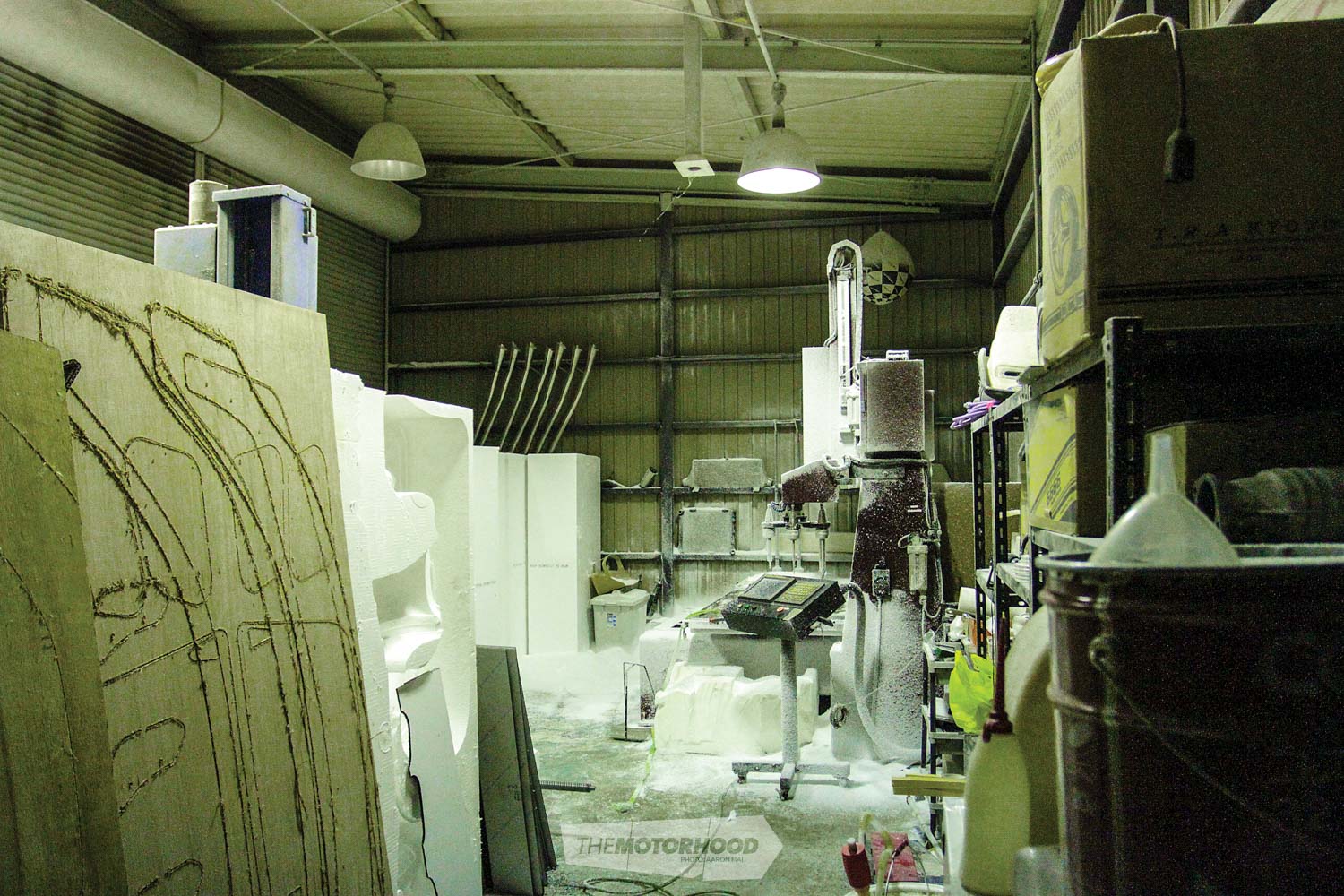
At what age did you decide you would design and build kits?
I decided to go about designing and building when I formed TRA Kyoto, but I have always been interested in the two. The itch really formed when I was working in an FRP [fibre-reinforced plastic] company producing FRP goods, such as watch and perfume-bottle parts.
What program do you do your design work in?
It’s not so much design software; rather, it is CAD drawing. I am using Rhinoceros and a couple of other programs at the moment to create the 3D models of my work.
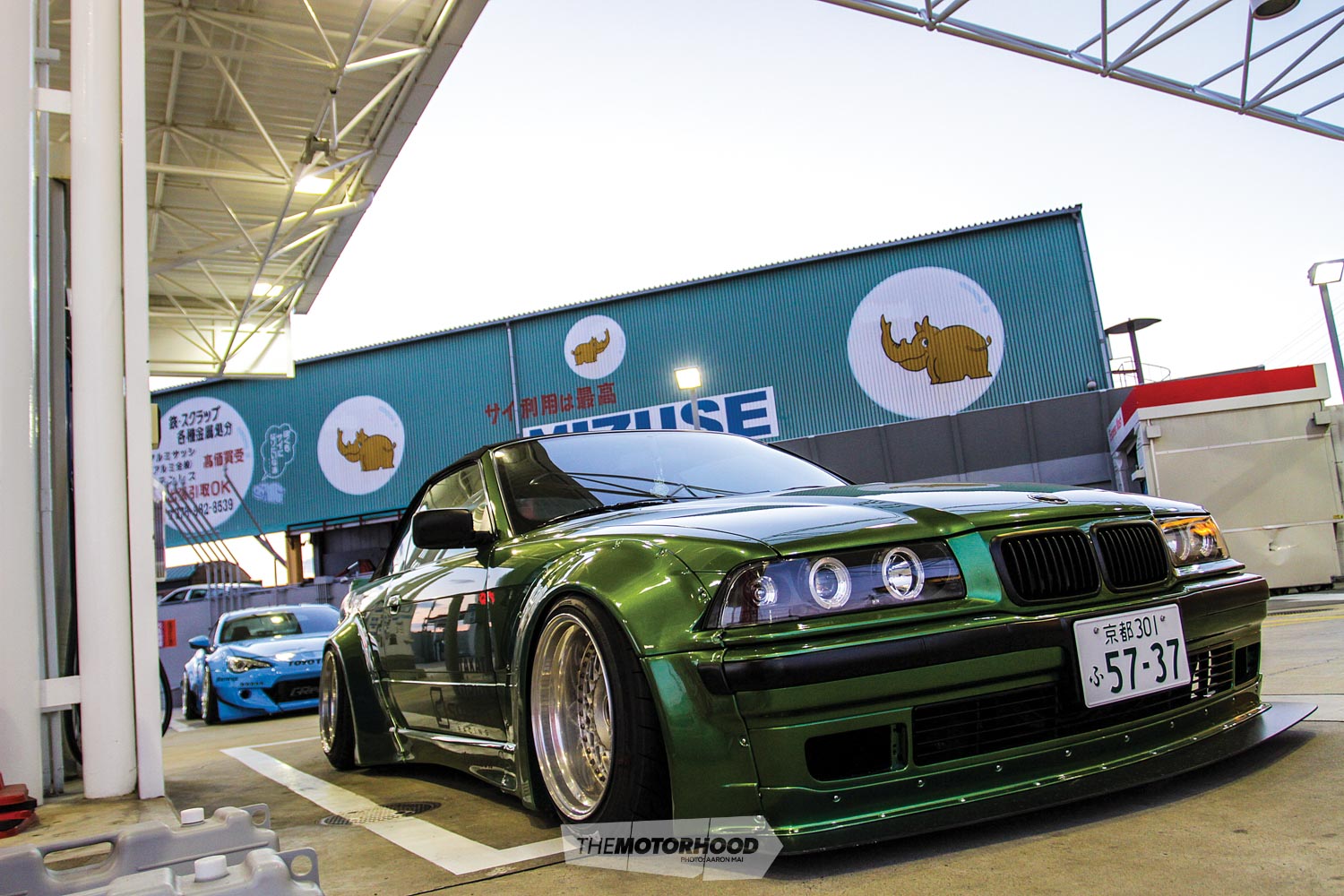
Walk us through your working process to produce a new kit.
OK. First of all, the car I am creating a kit for gets 3D scanned, and the finished 3D model is put through onto my computer. I then build the kit onto the 3D model of the car until I am happy with how things are looking. Once the CAD drawing portion of the process is finished, I export the design to my CNC [computer numeric control] machine and cut it out. I then create the finished product in FRP, which becomes the production kit that you see on the cars.
How many prototypes do you usually produce before making the finished product?
Zero.
Does a certain area of cars inspire you more than most?
Ha ha, it’s funny you ask, as my answer may come as a surprise to most. It is actually the wheel and tyre on a car that inspires me the most. Once you have a wheel and tyre combination that you like, you can design a beautiful bodykit around that, not the other way around.
Of all your creations, do you have a favourite?
It would have to be the S13, my first full aero creation.
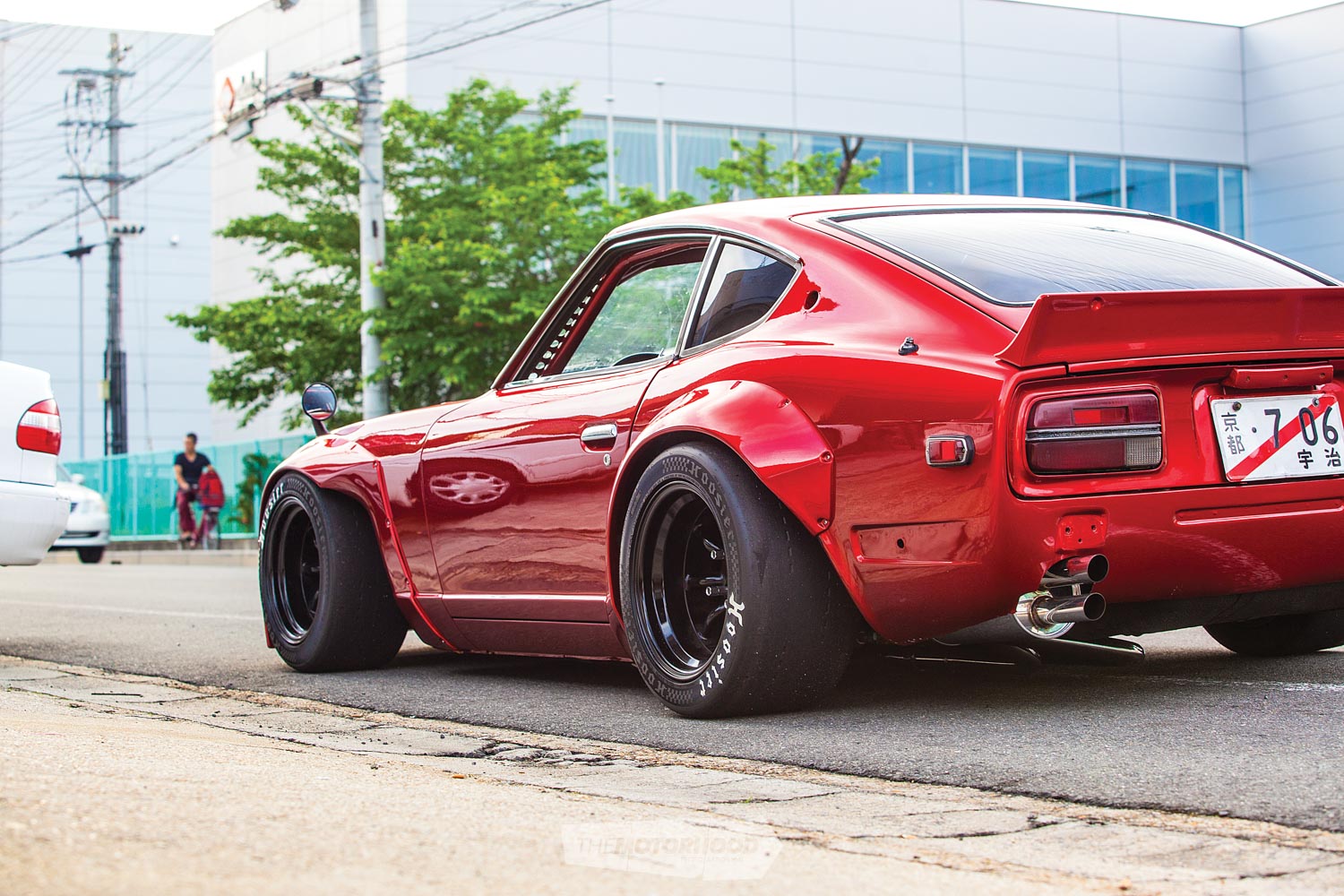
Once you have a wheel and tyre combination that you like, you can design a beautiful bodykit around that, not the other way around
When you look back at a kit you have designed, how often are you thinking, man, I should have done this or tweaked that?
Yes, I often have these thoughts. I haven’t produced something that I am perfectly happy with in my own mind, after having had time to reflect.
What do you drive on a daily basis?
Ha ha, right now it’s a Volvo …
Where do you see the car-modifying world heading?
In Japan, the tuning culture is getting smaller and smaller, yet, while Japan may slow up, other countries that currently may not have an established culture will grow in the future, I think.
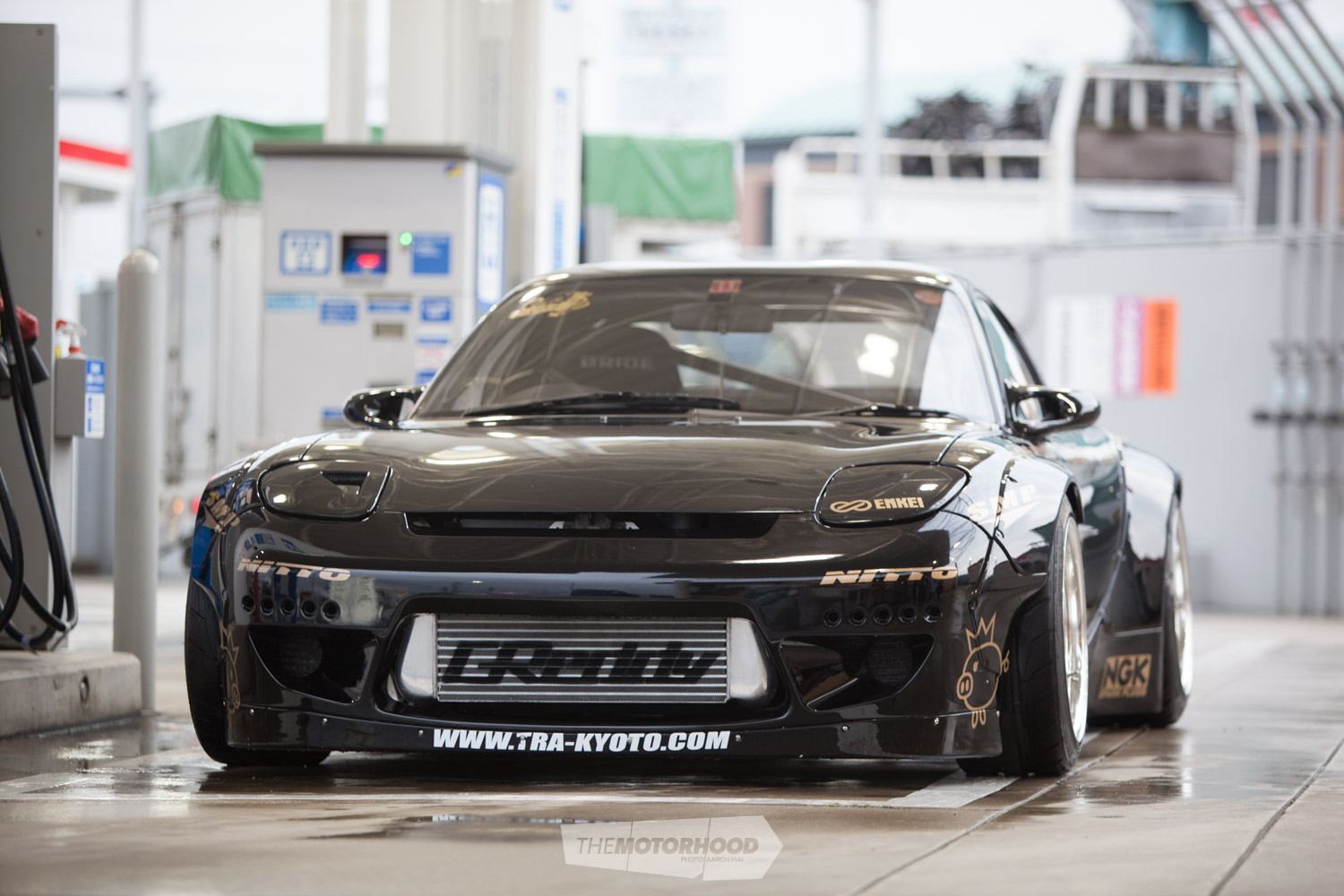
How do you feel that the modifying scene has changed over the past 10 years?
We have seen everywhere the certification process becoming more and more strict; also, certification staff who understand what tuners really do are becoming much rarer now than before. Many just look at what we are doing and have a sense of disbelief or no appreciation for any of the work.
How do you feel about people replicating and on-selling your products?
I would like to see them actually try [to] … create something original; yeah, as a next step, rather than copying, I would like to see them create their own stuff.
Thanks for your time, Kei Miura. We are sure there will be many more creations from your stables coming our way very soon.
This article originally appeared in NZ Performance Car issue No. 236. Grab a print copy or digital copy of the mag below:
